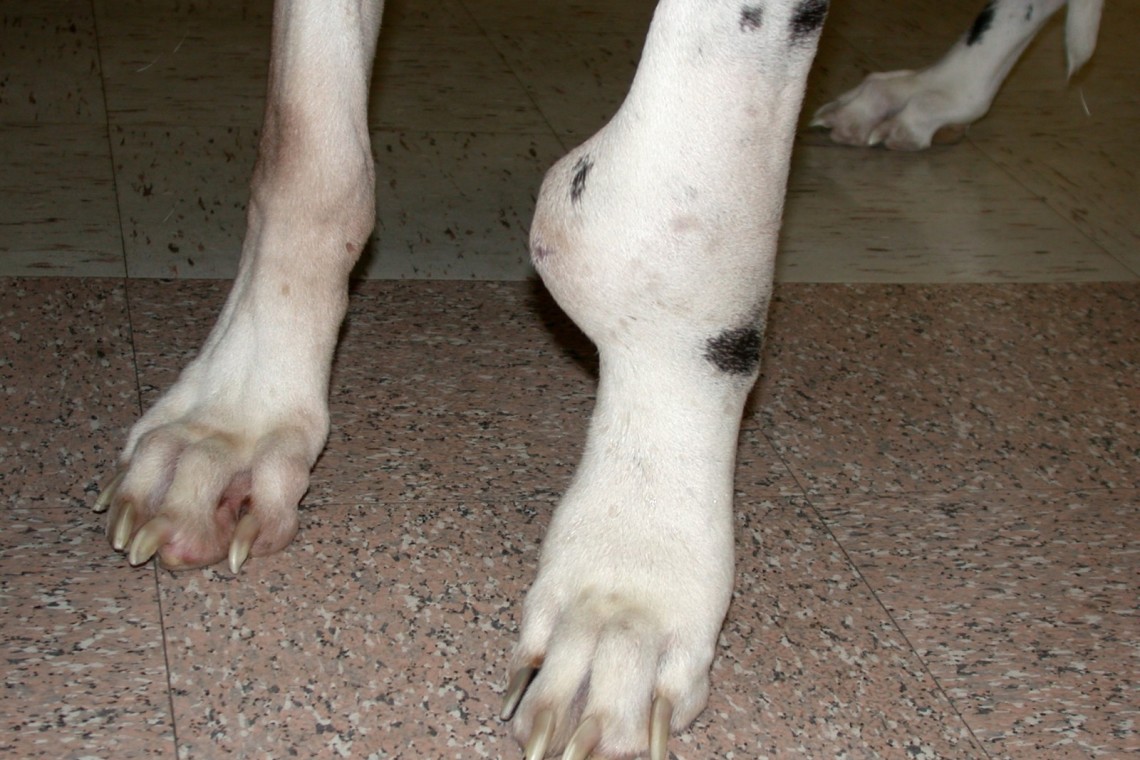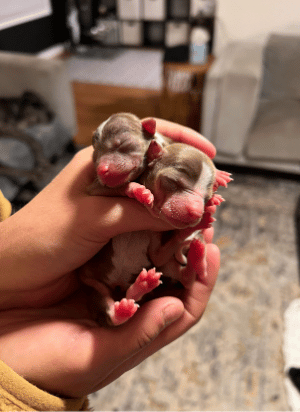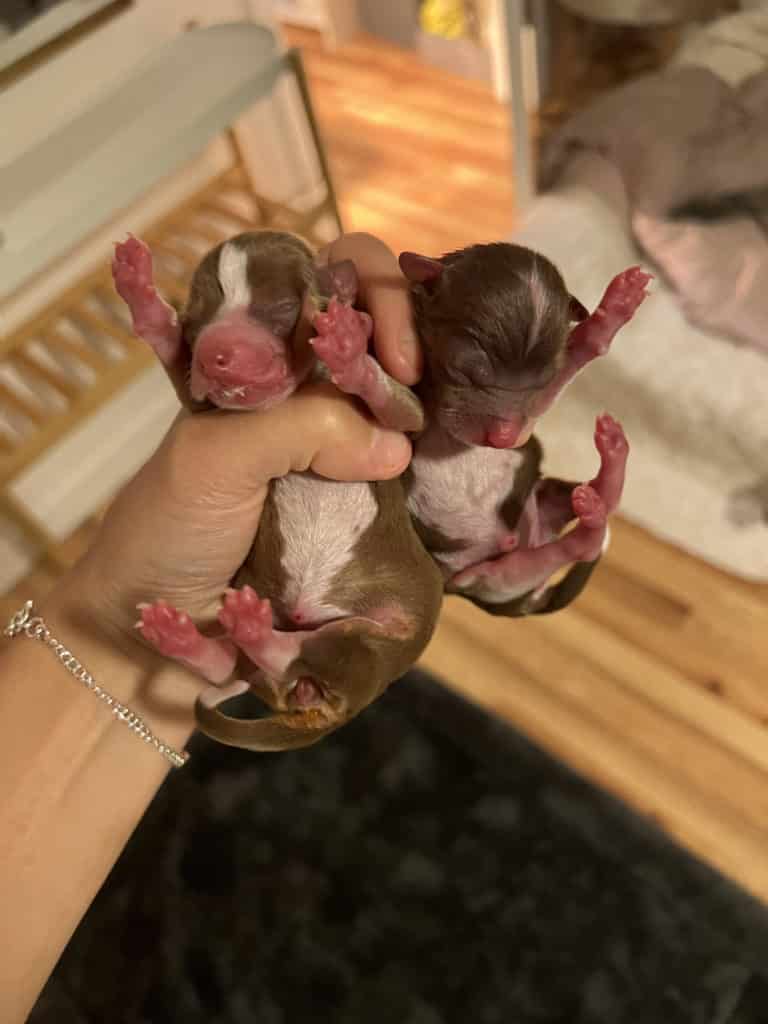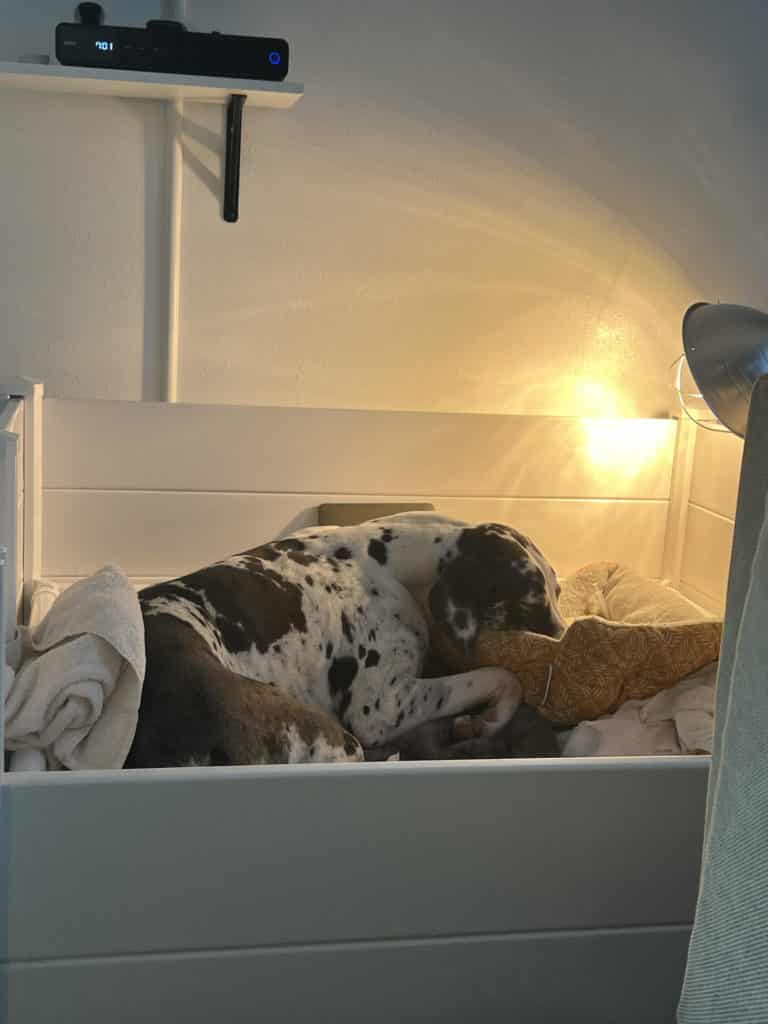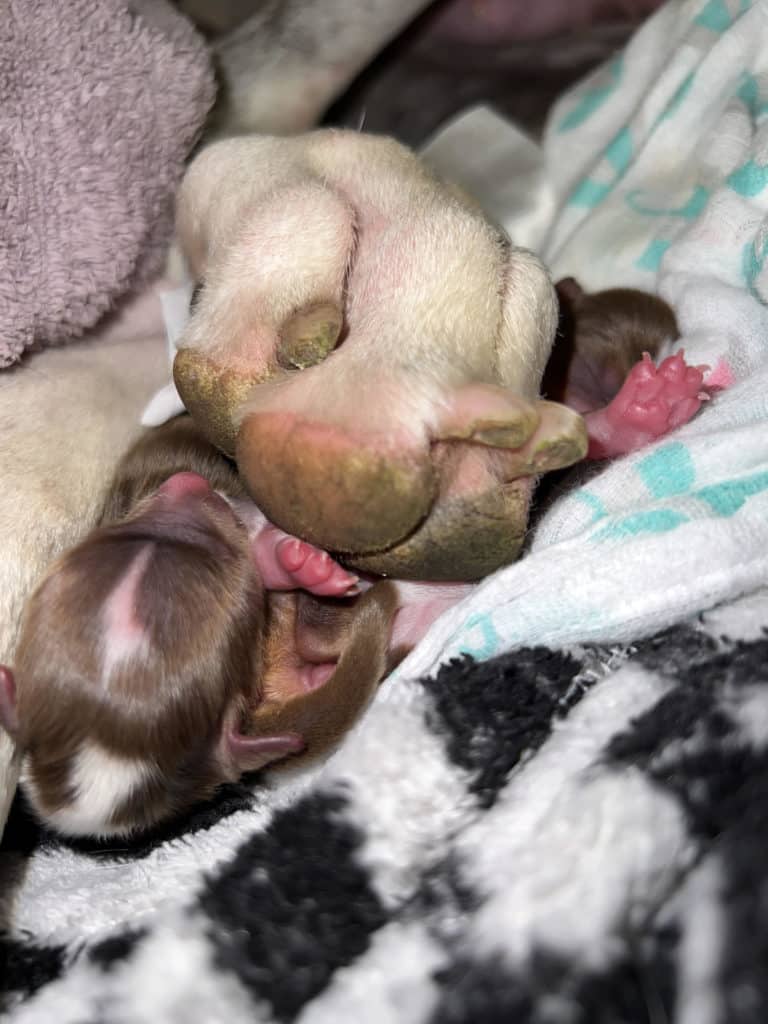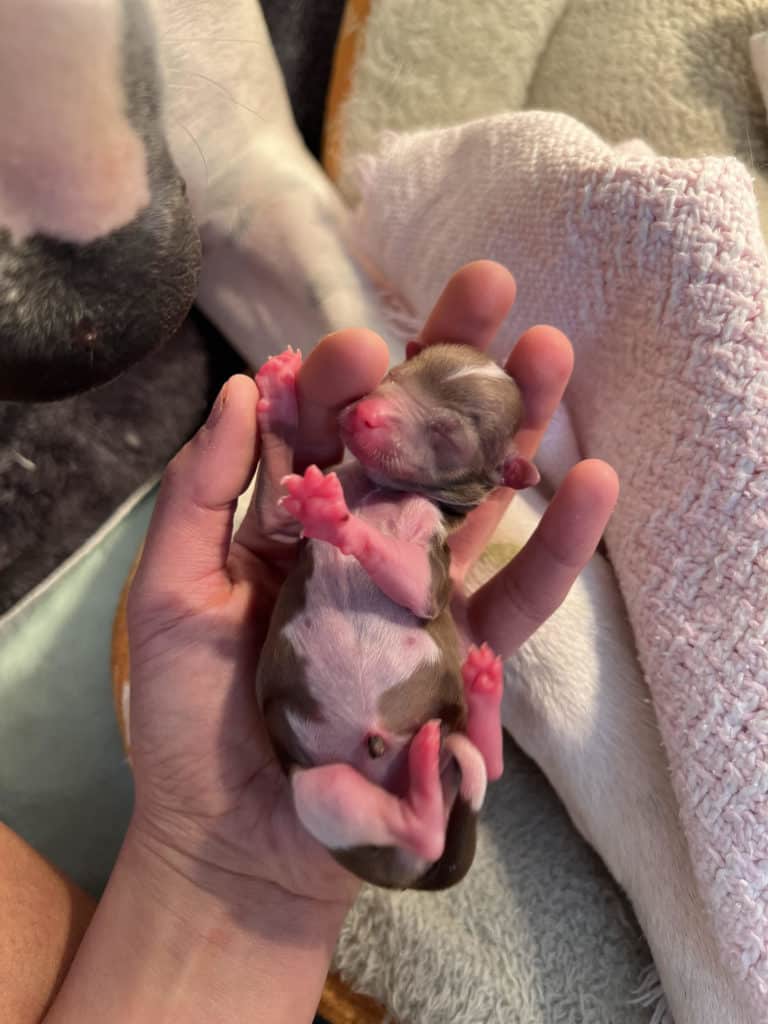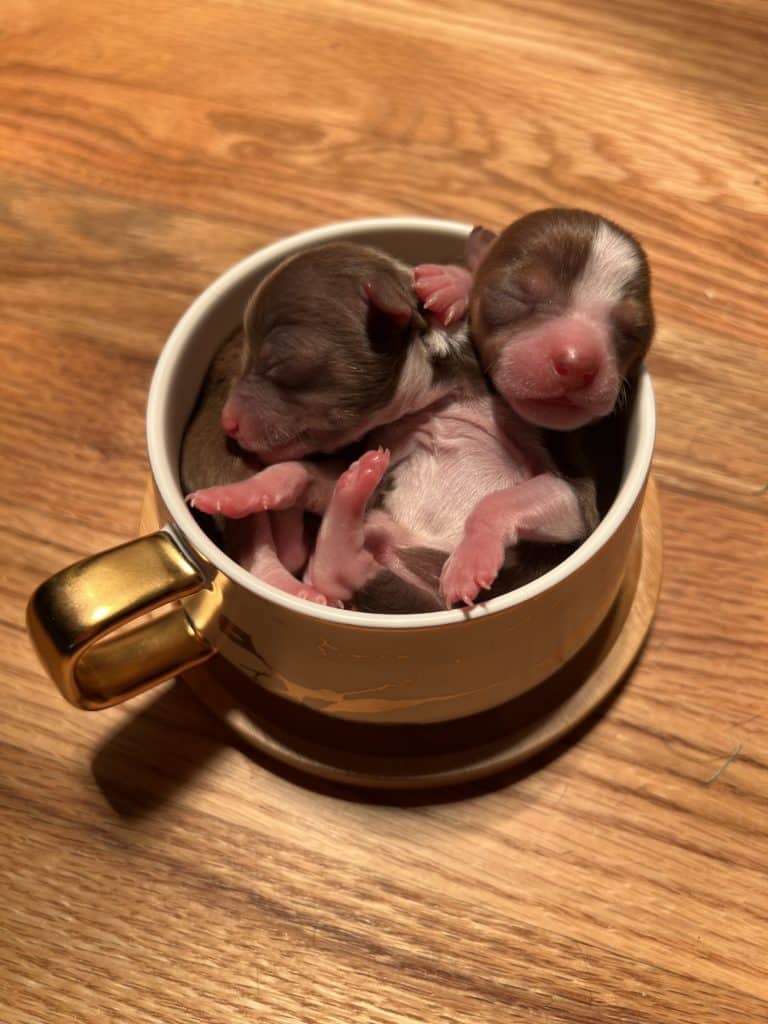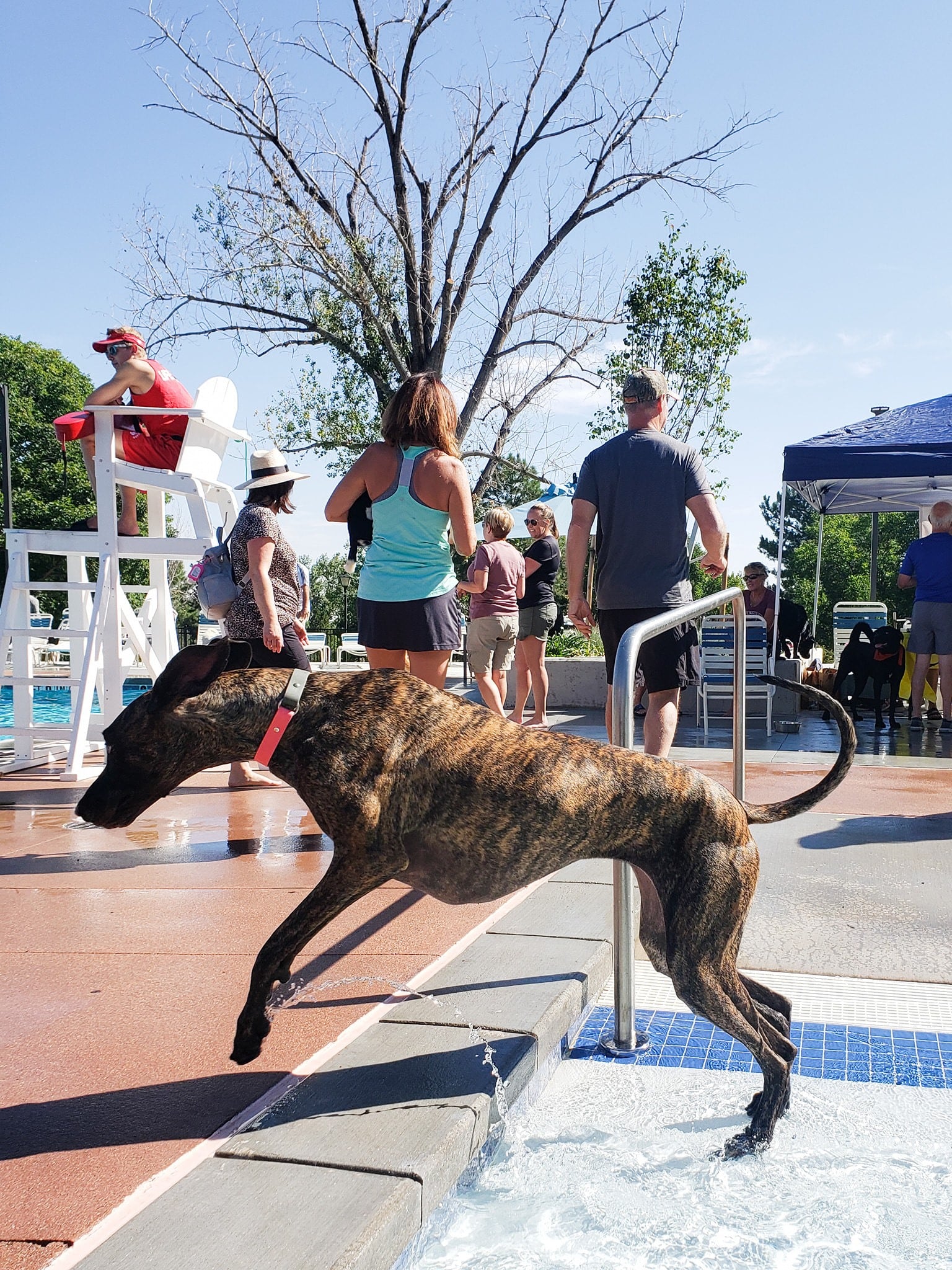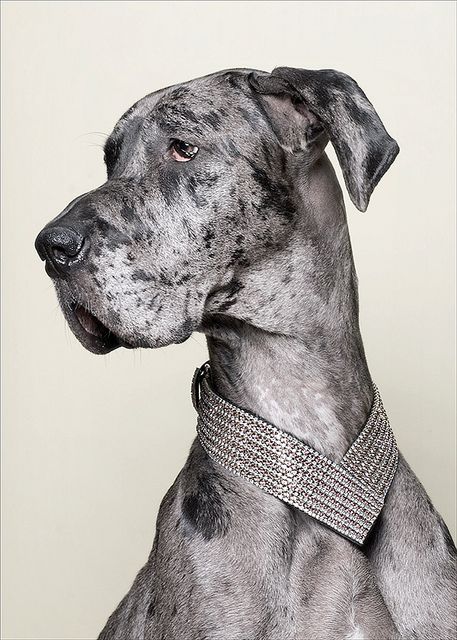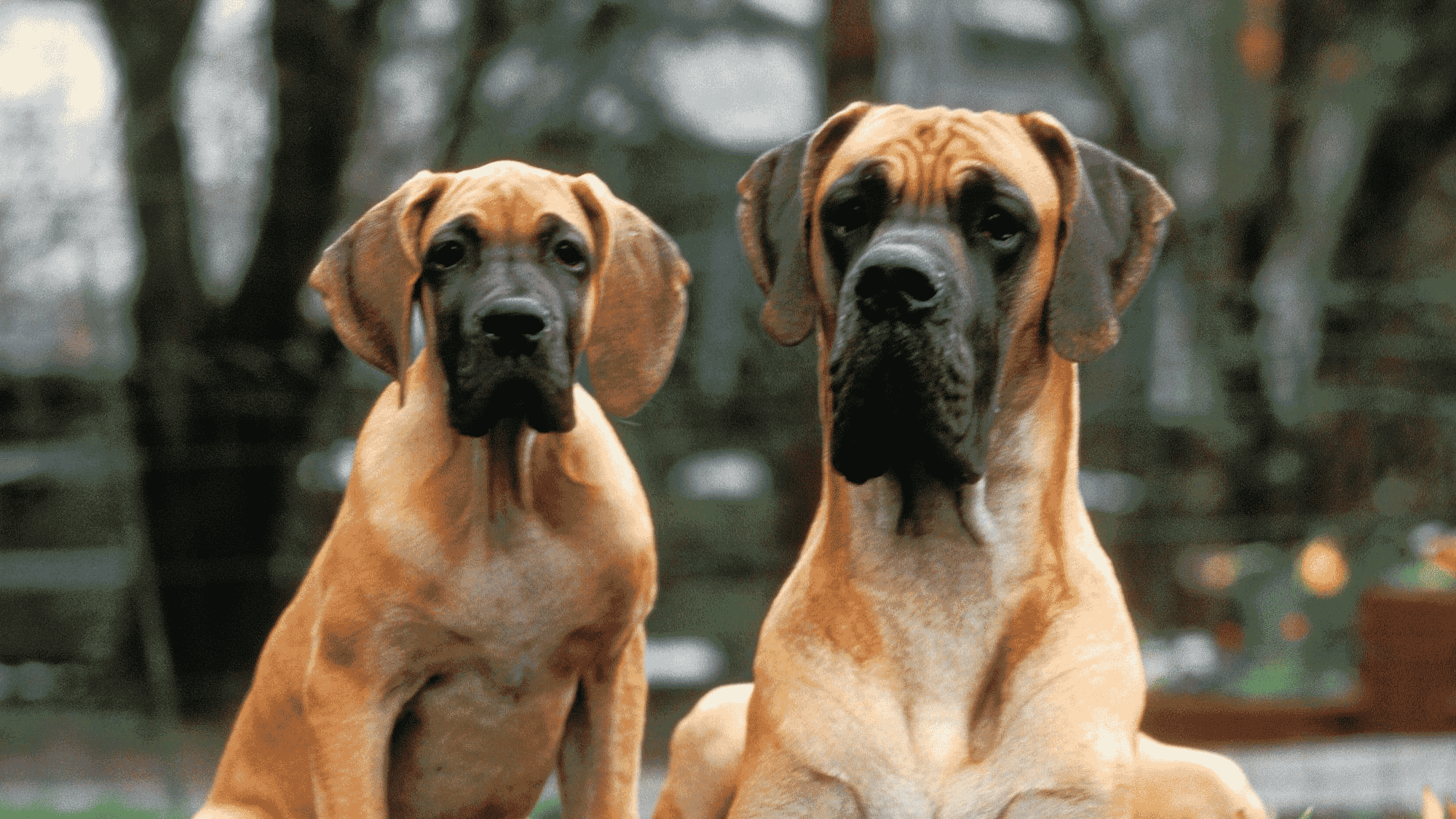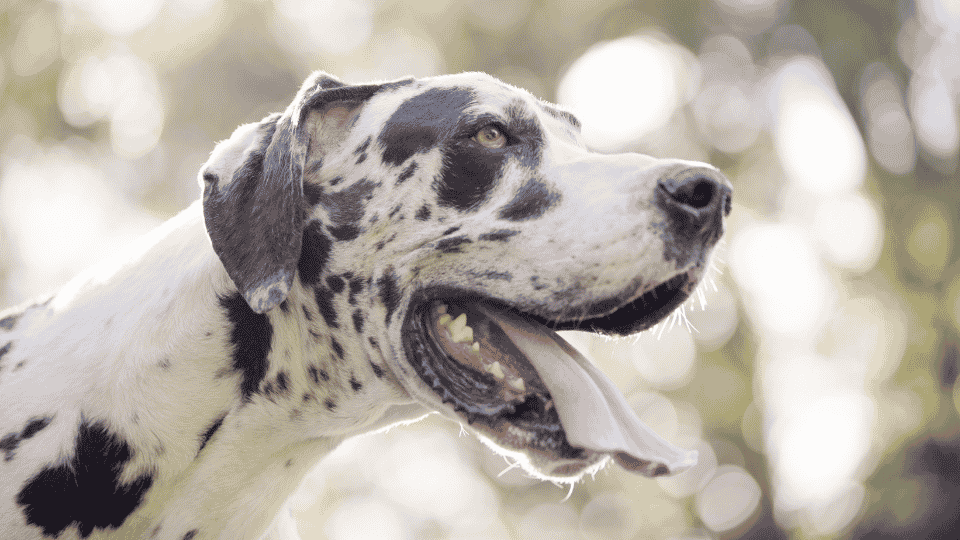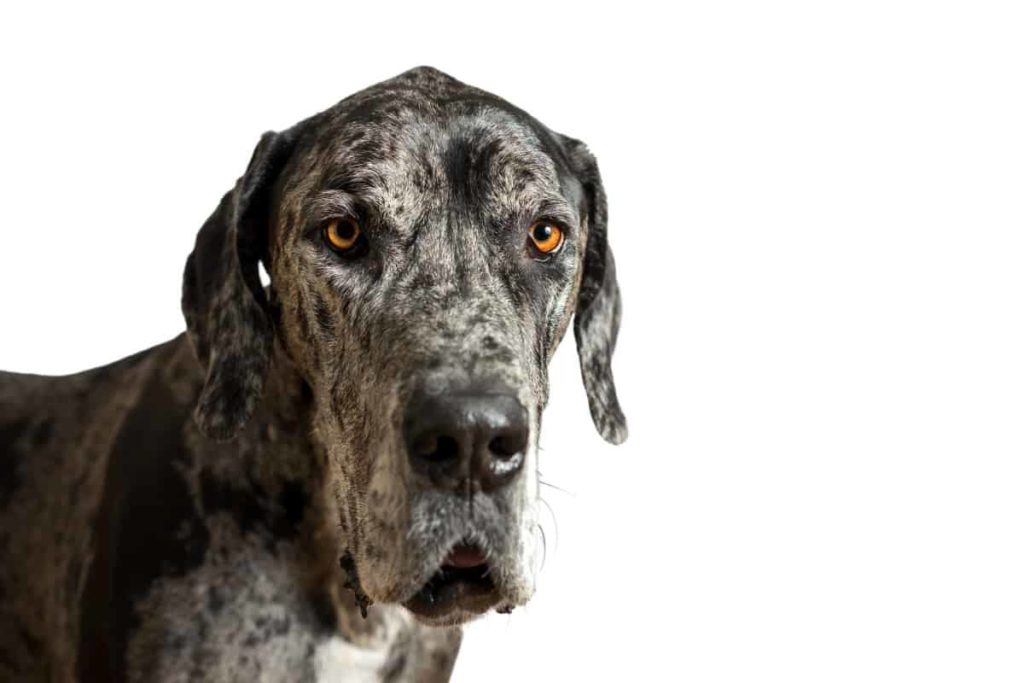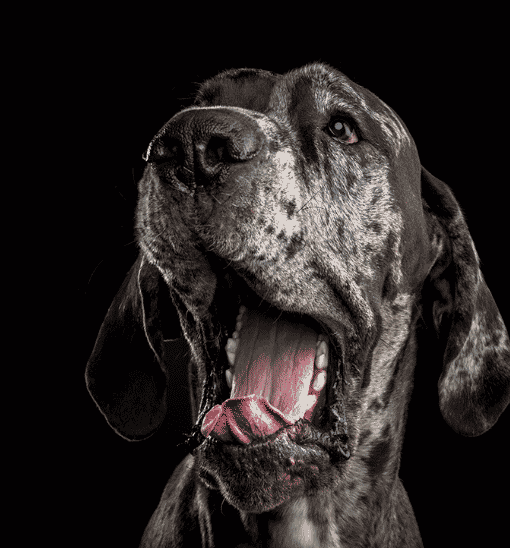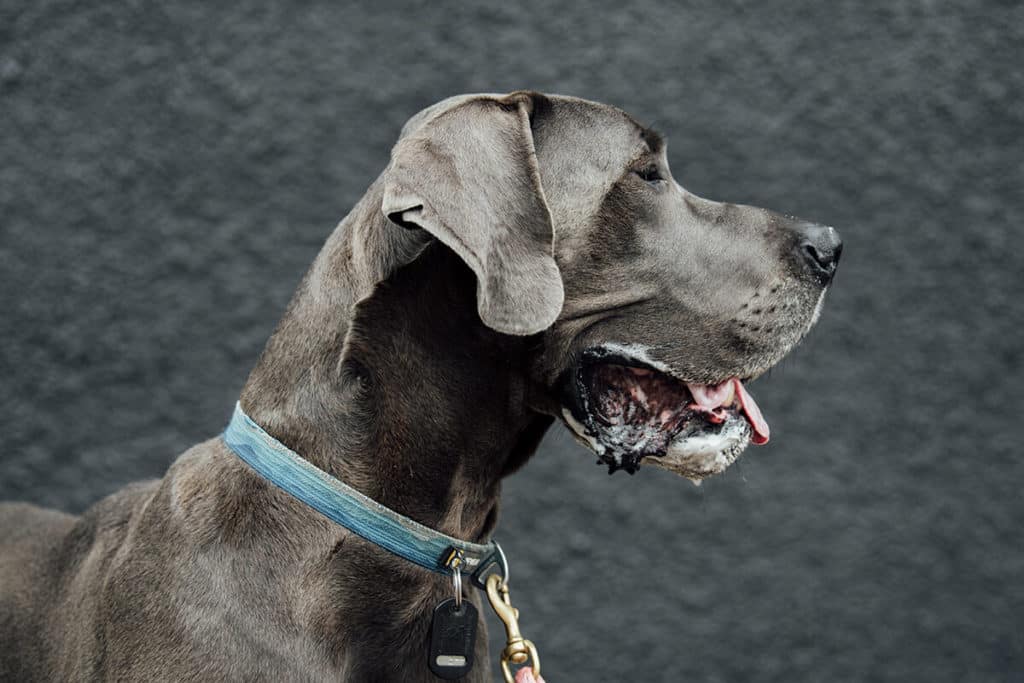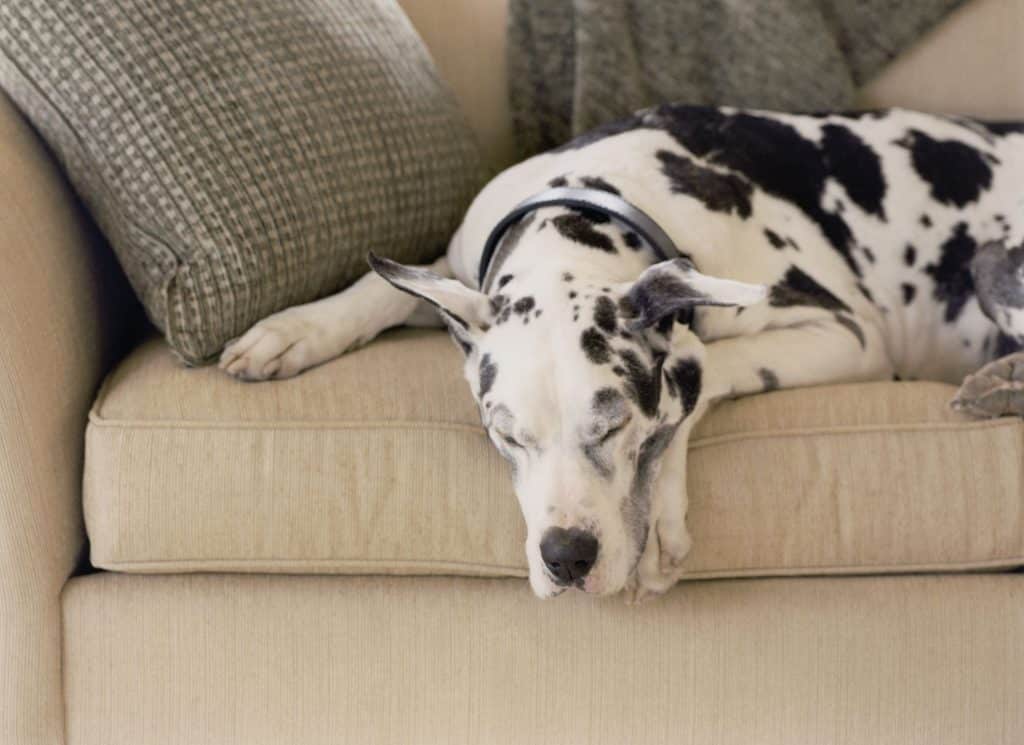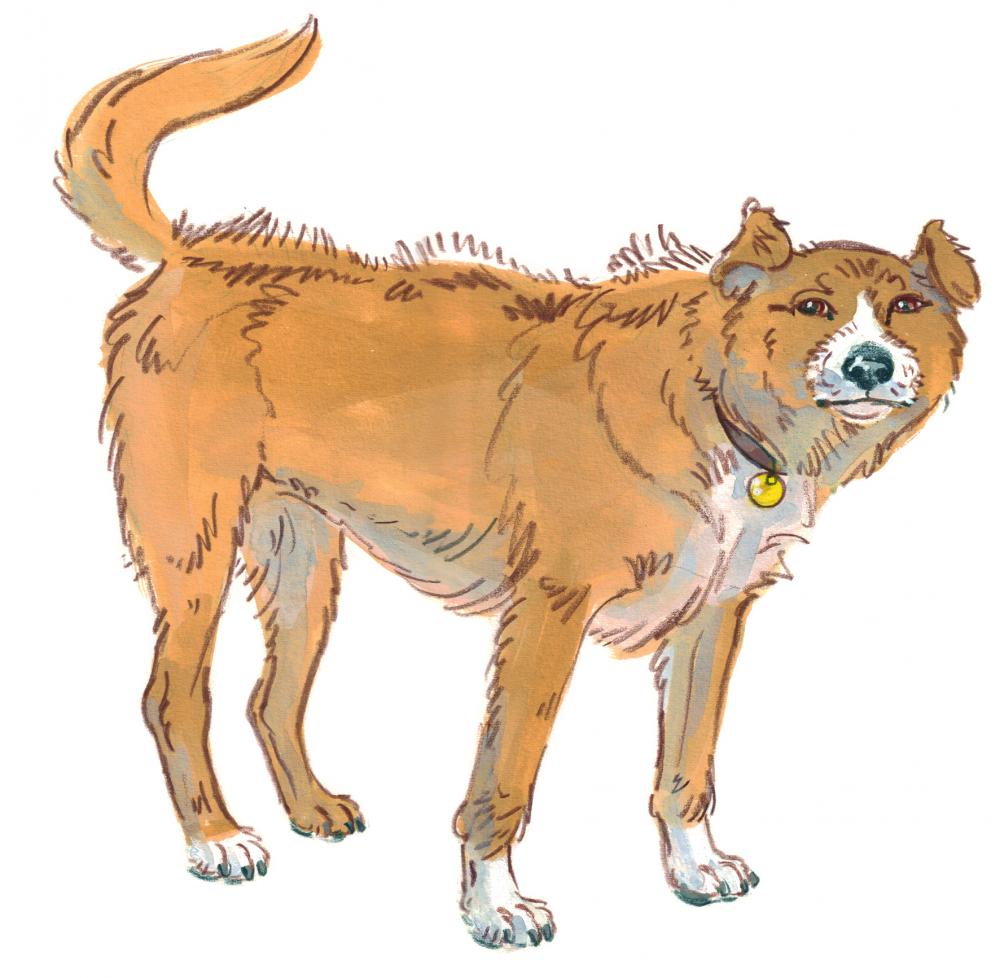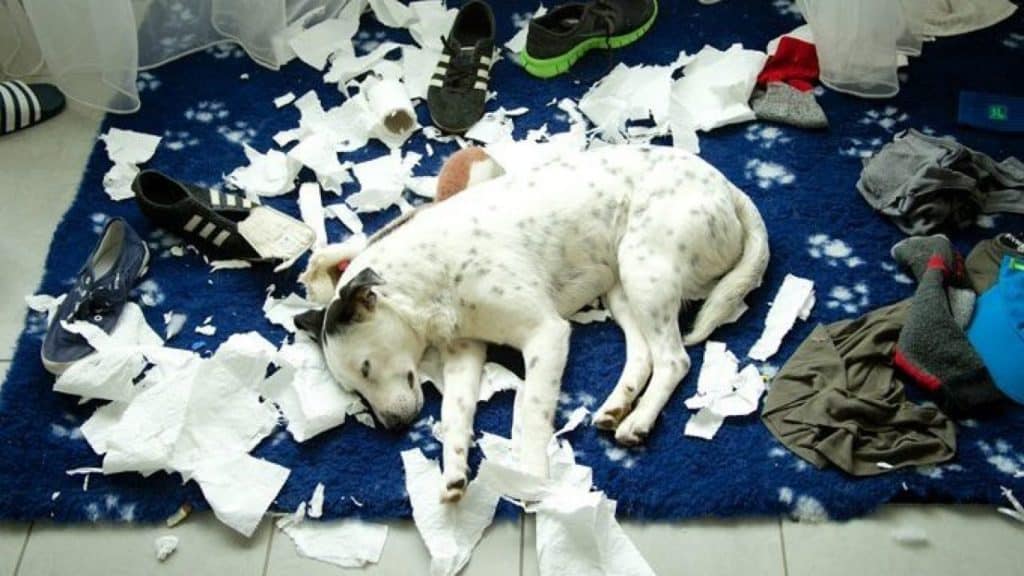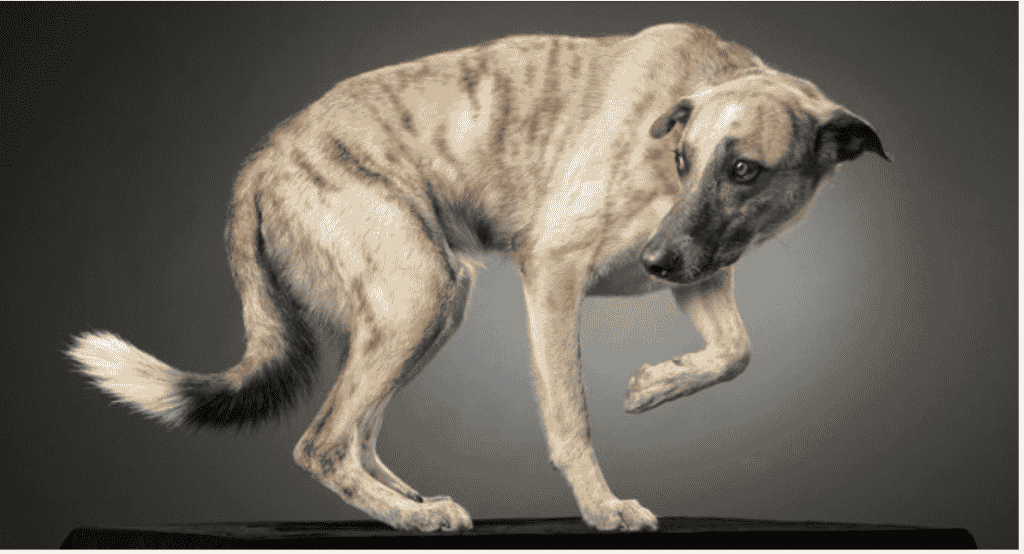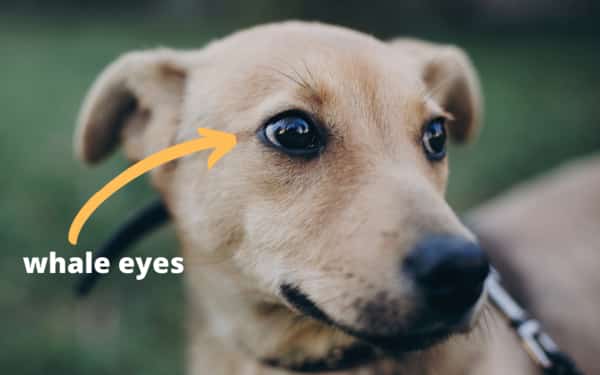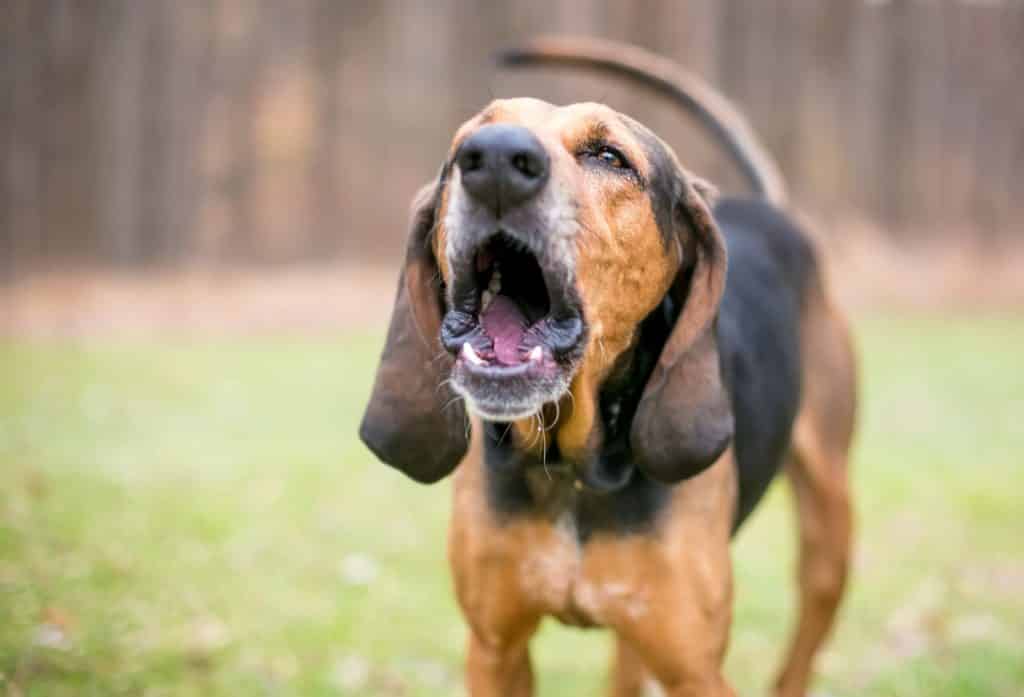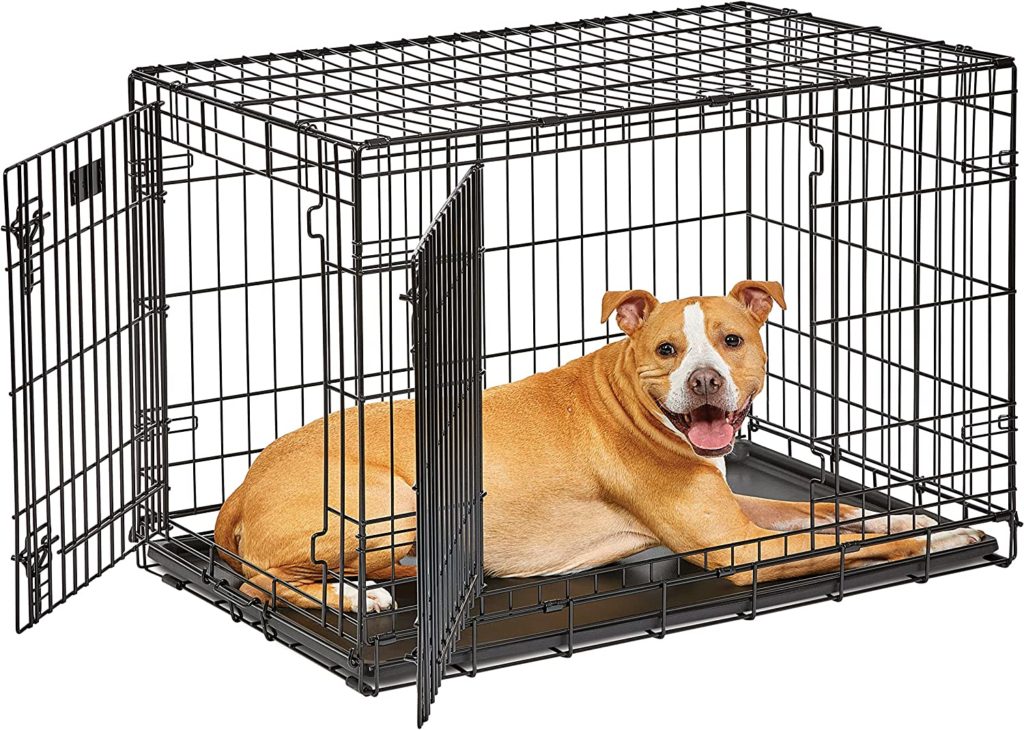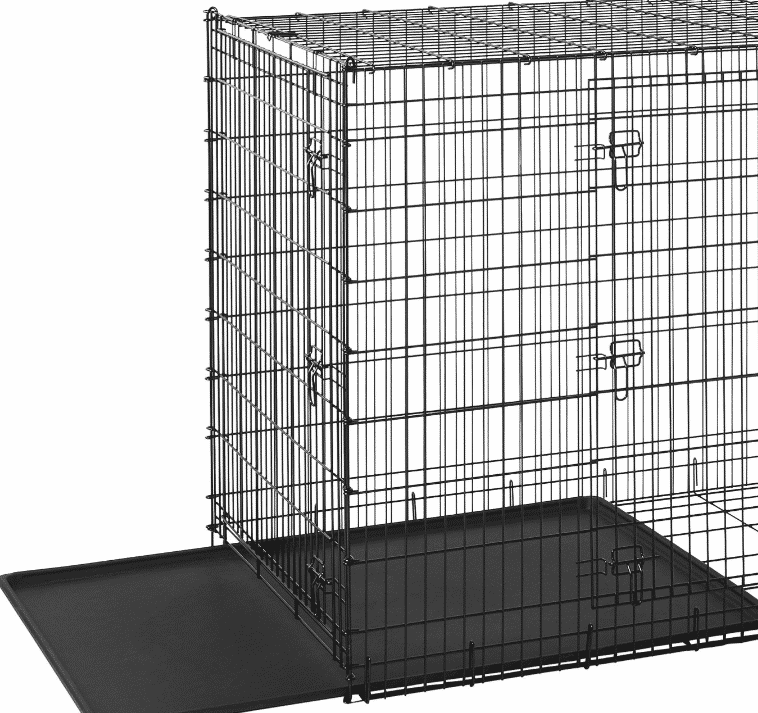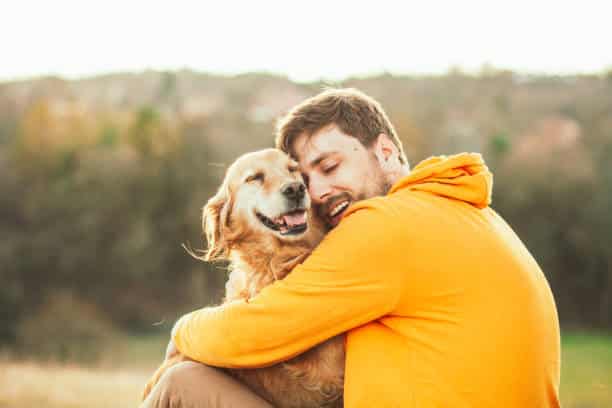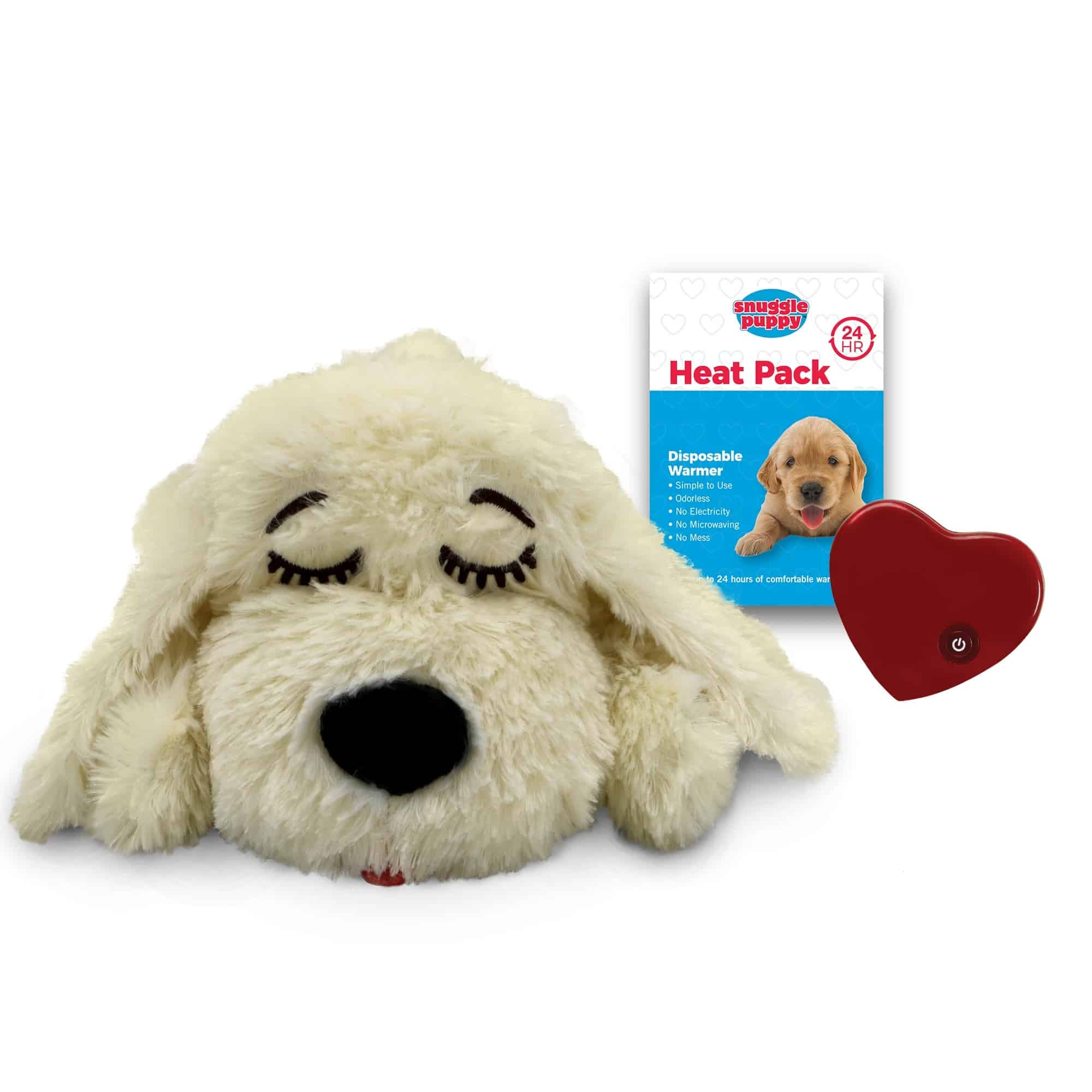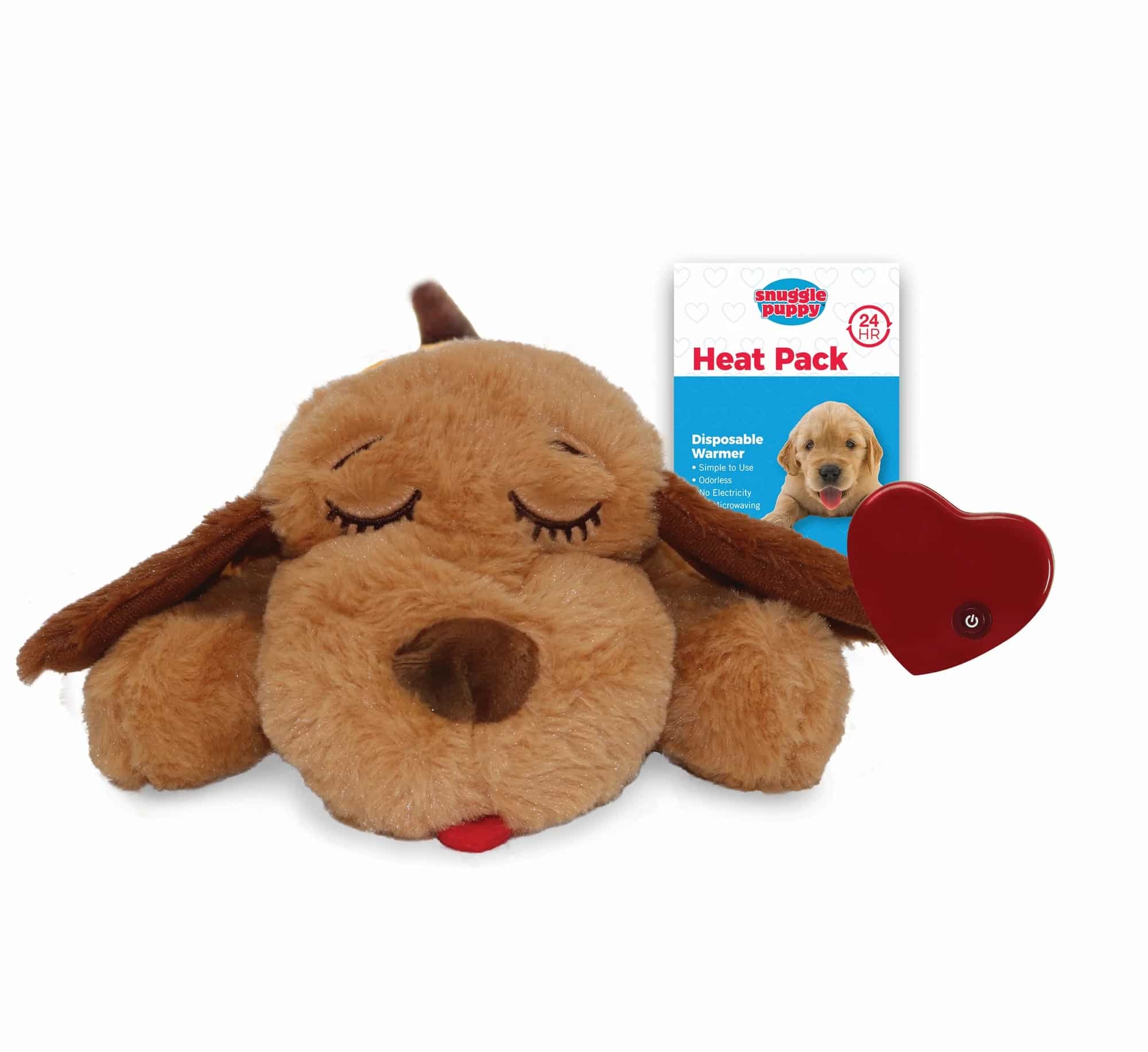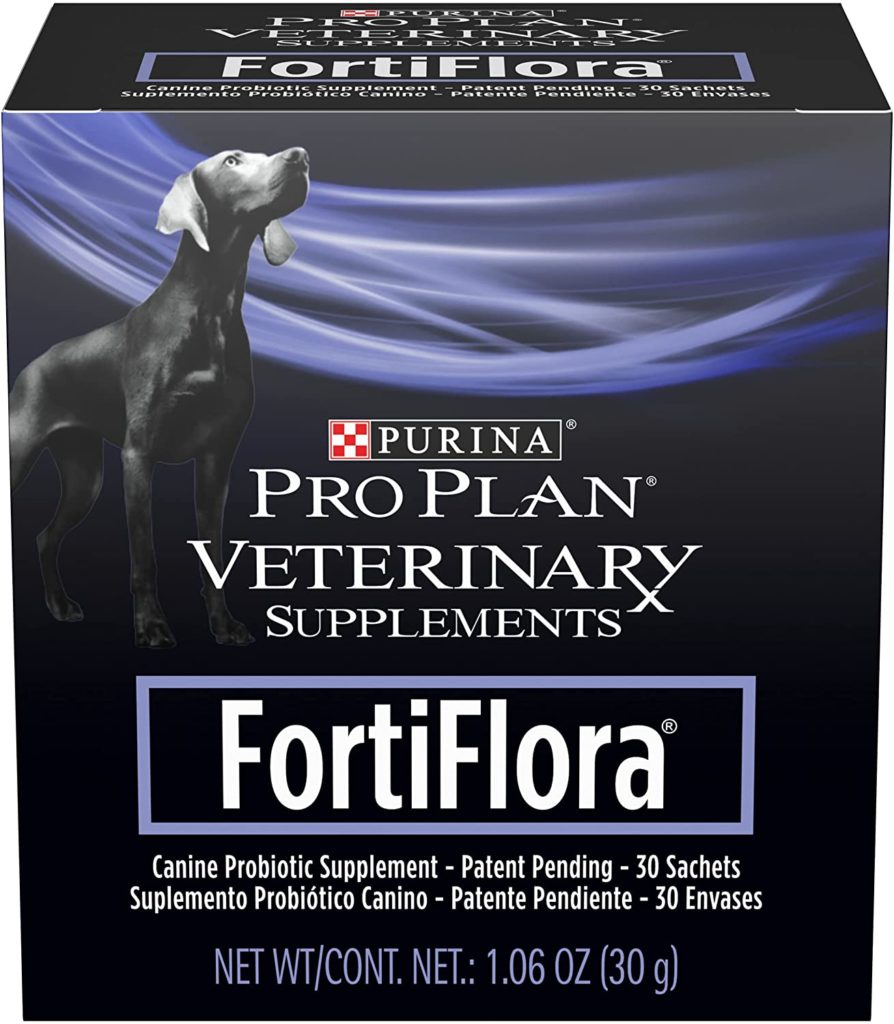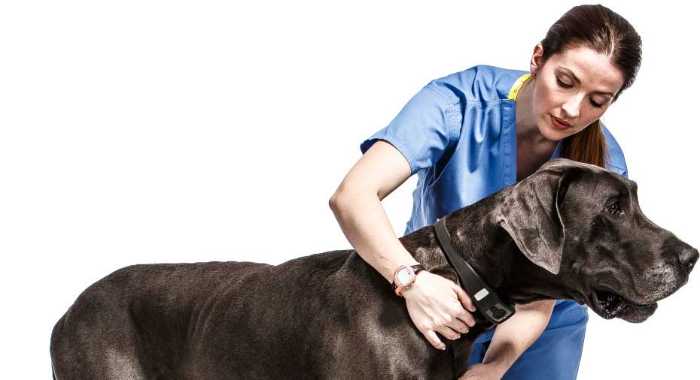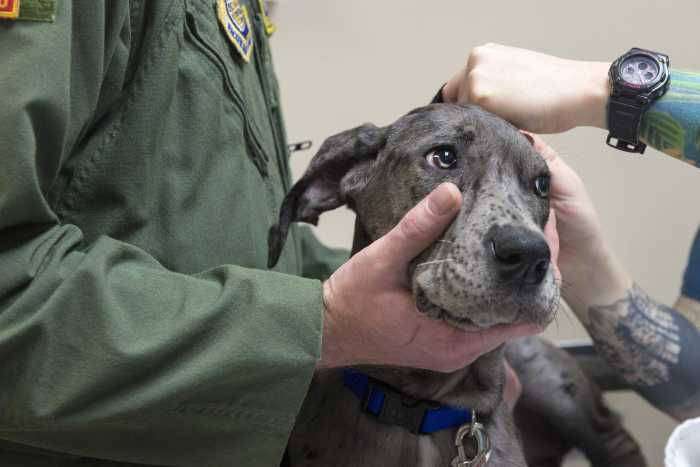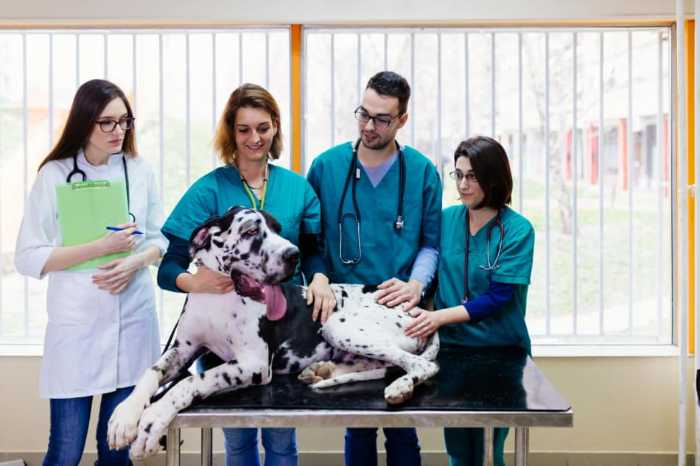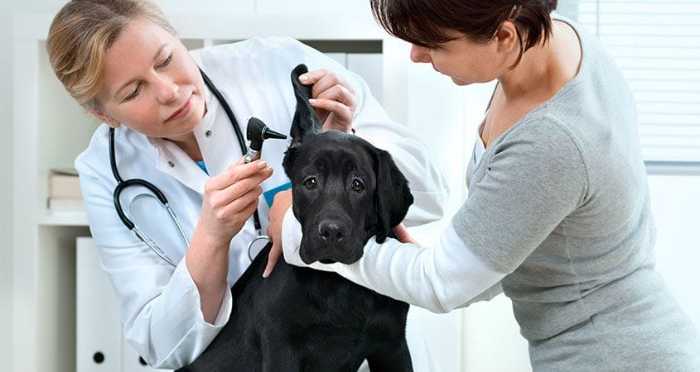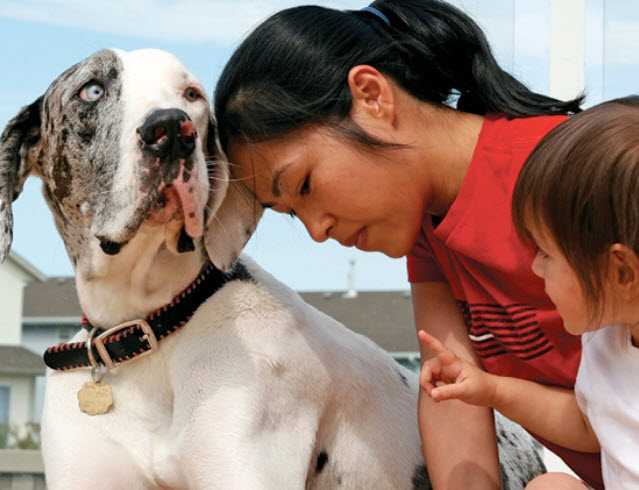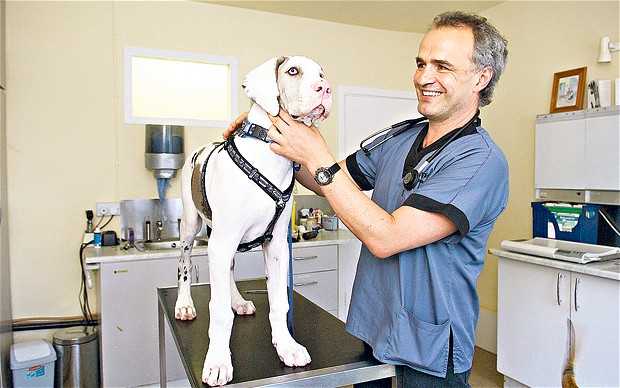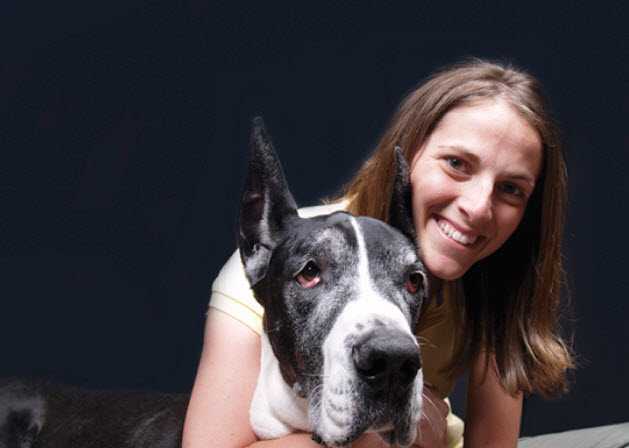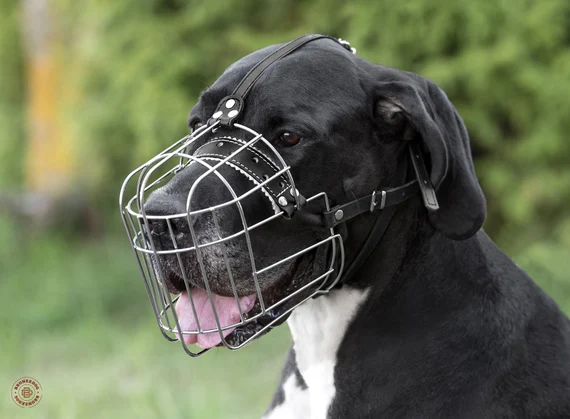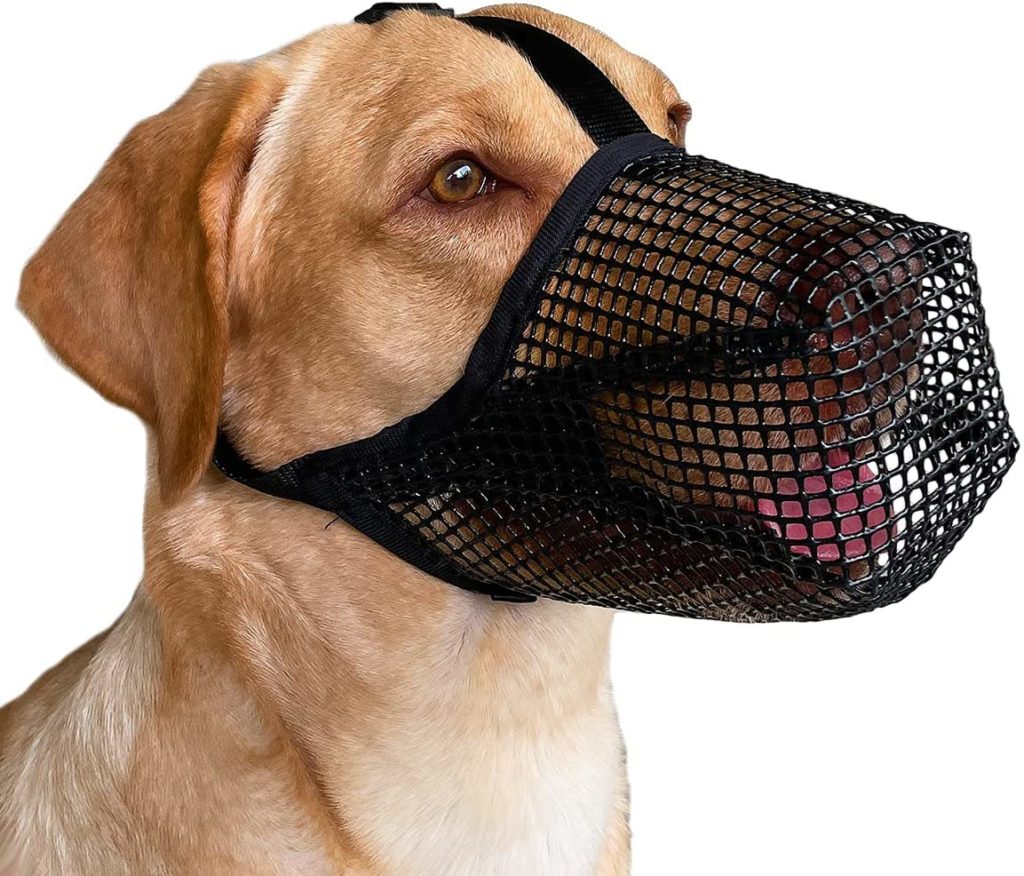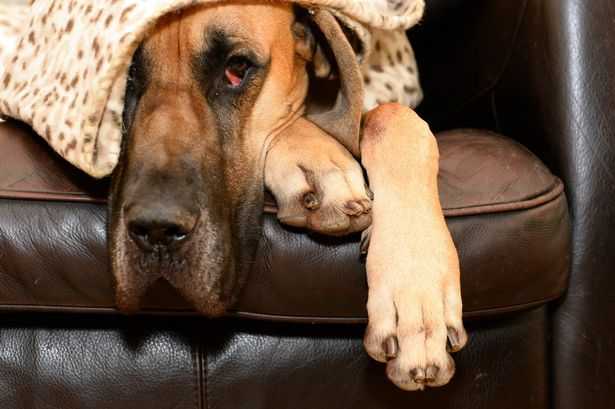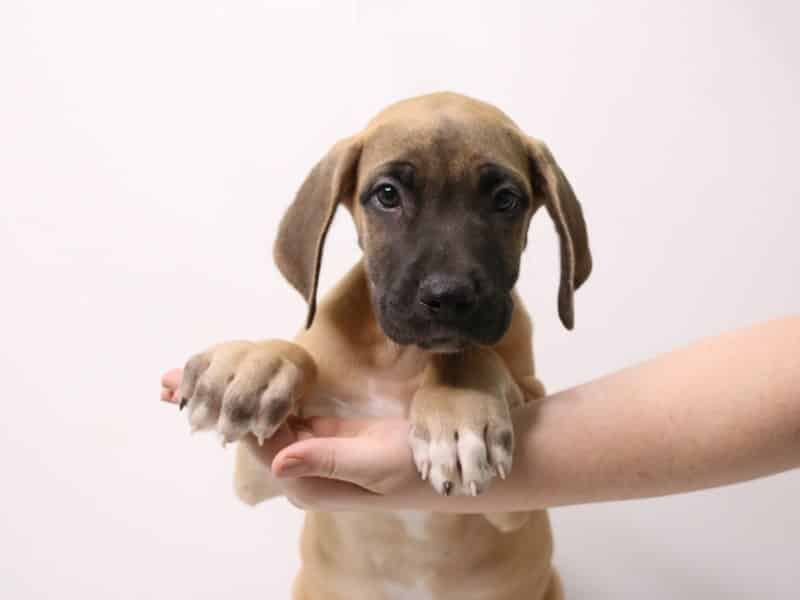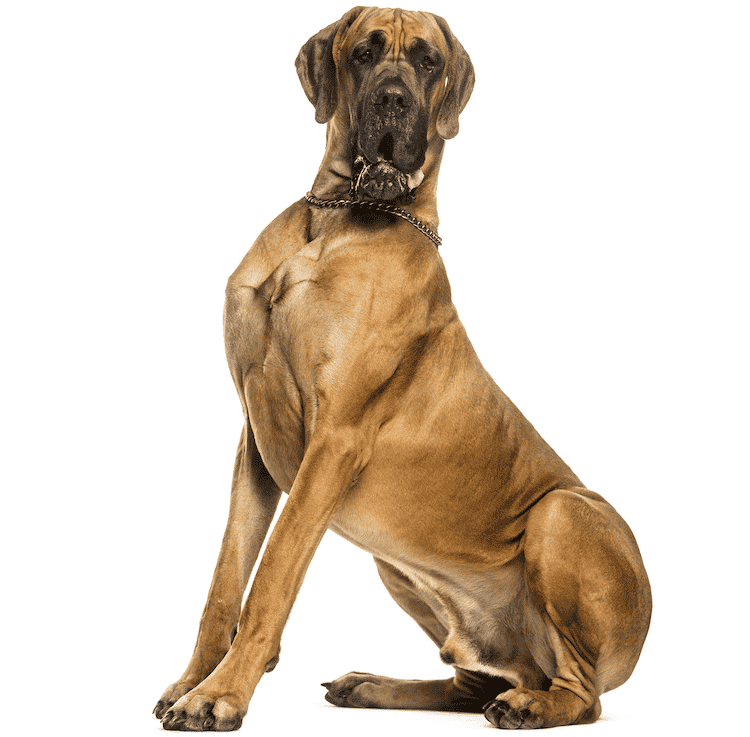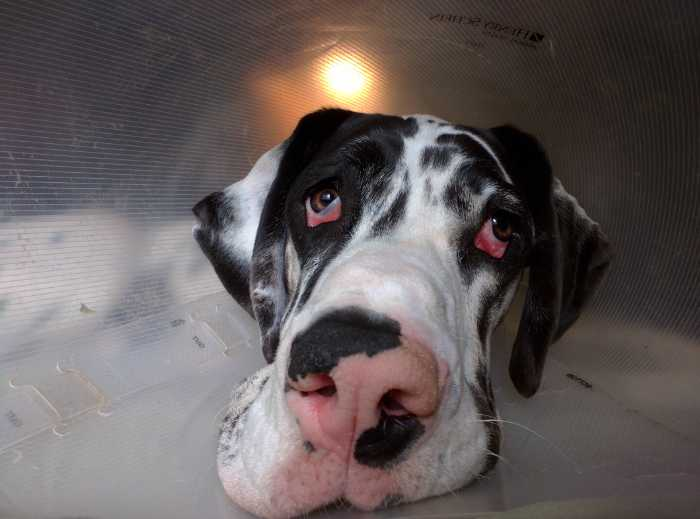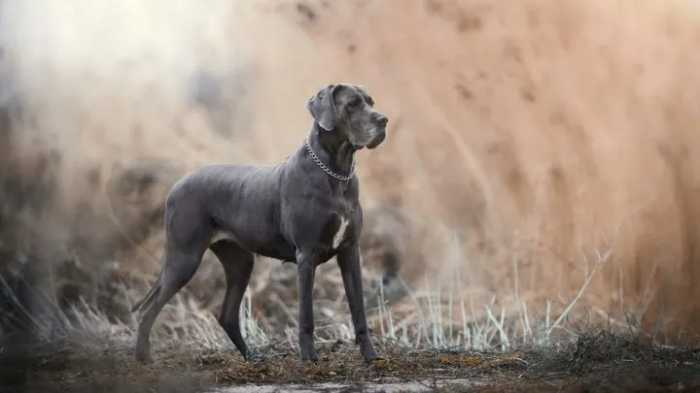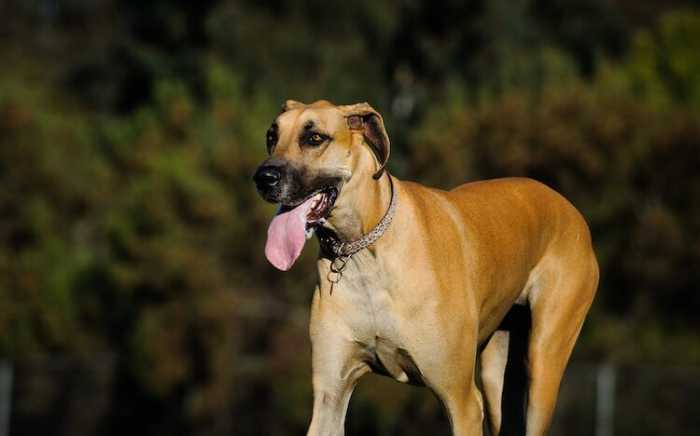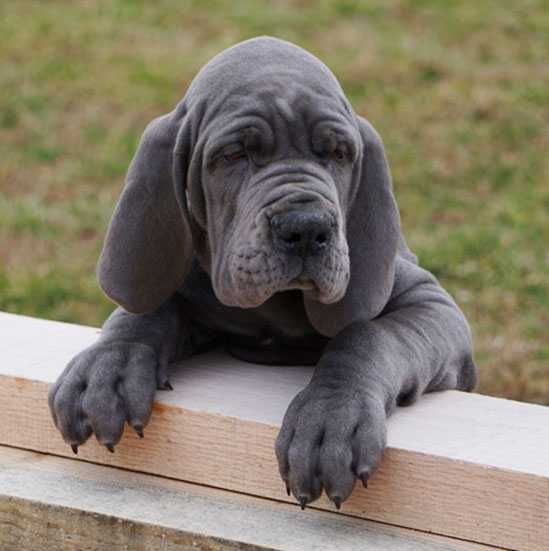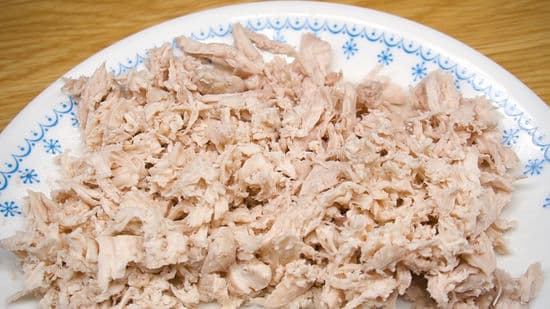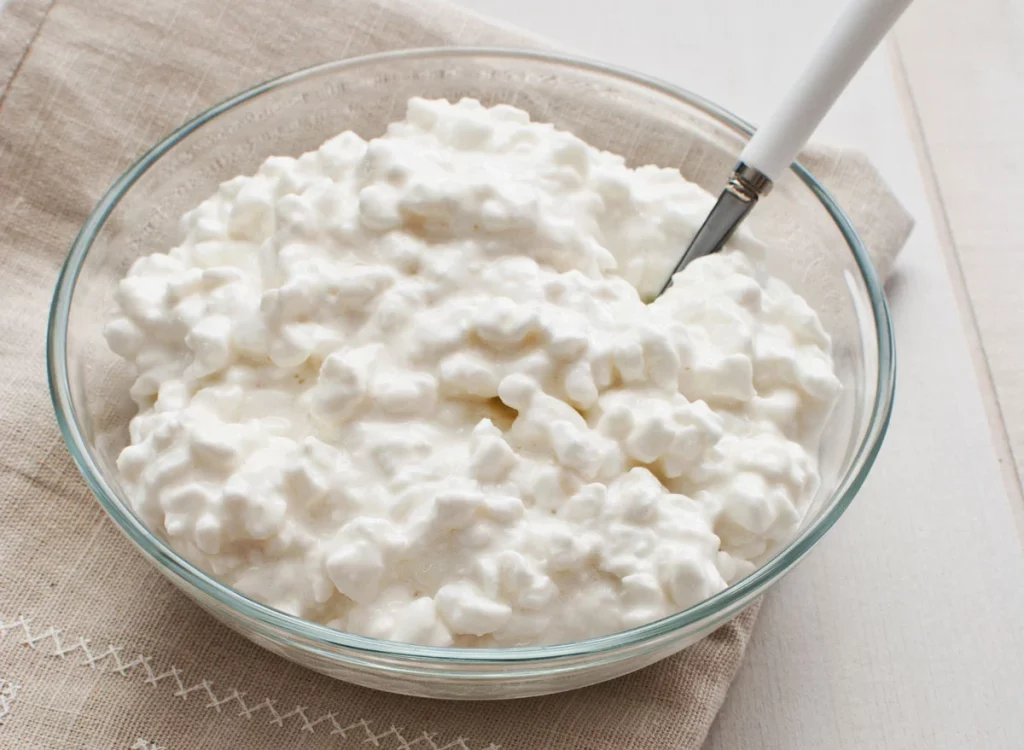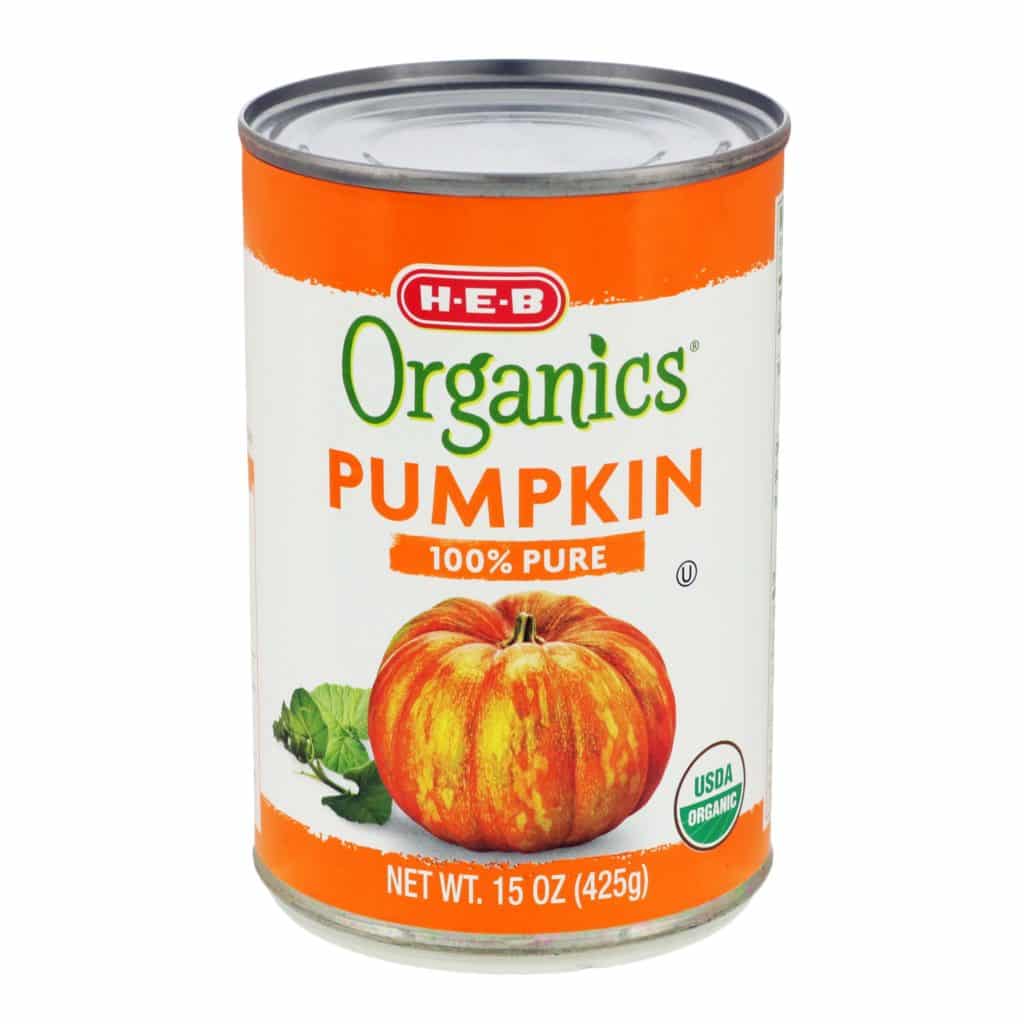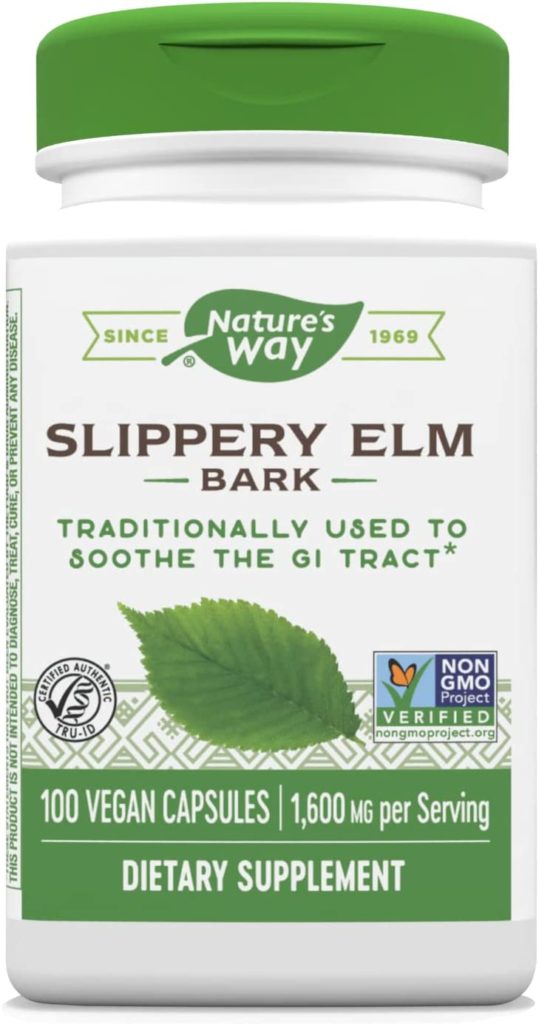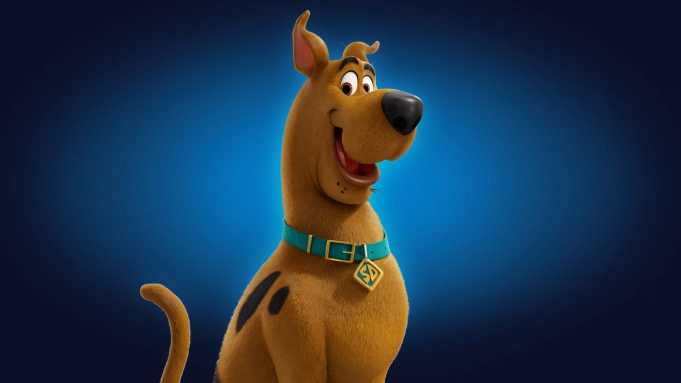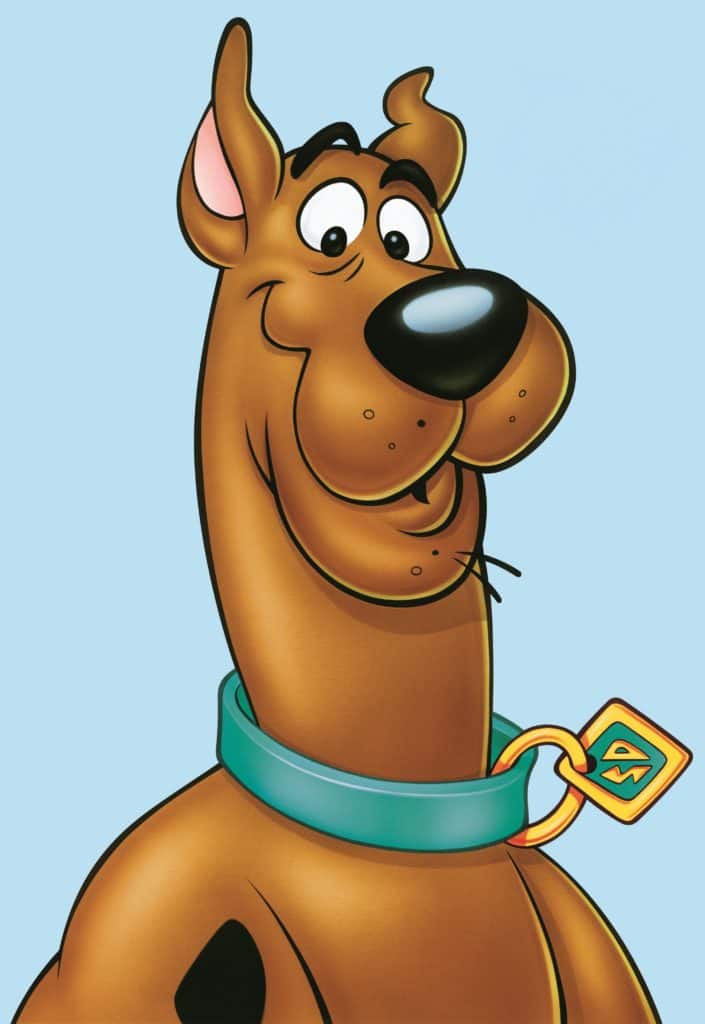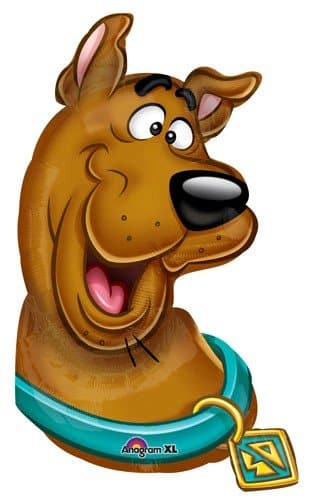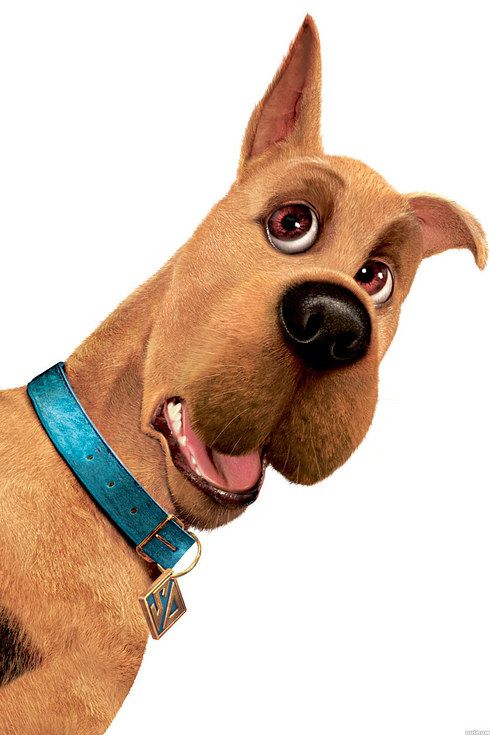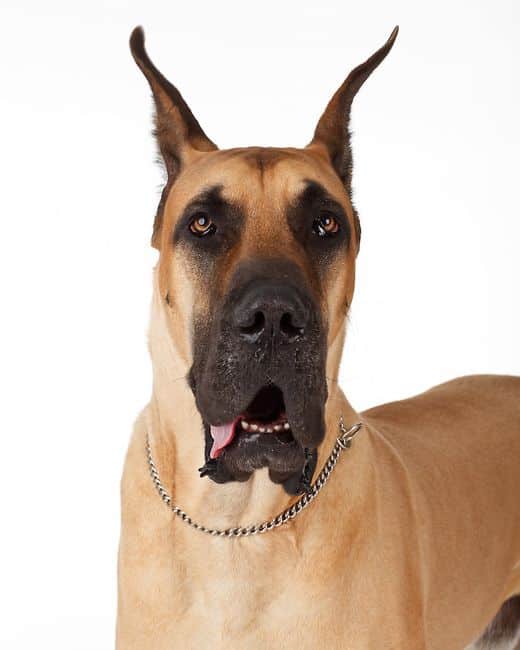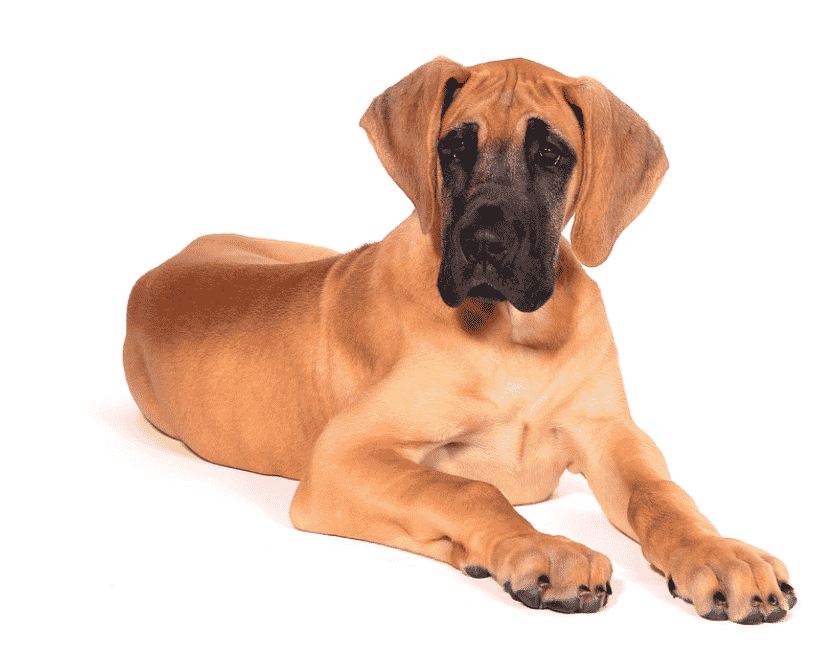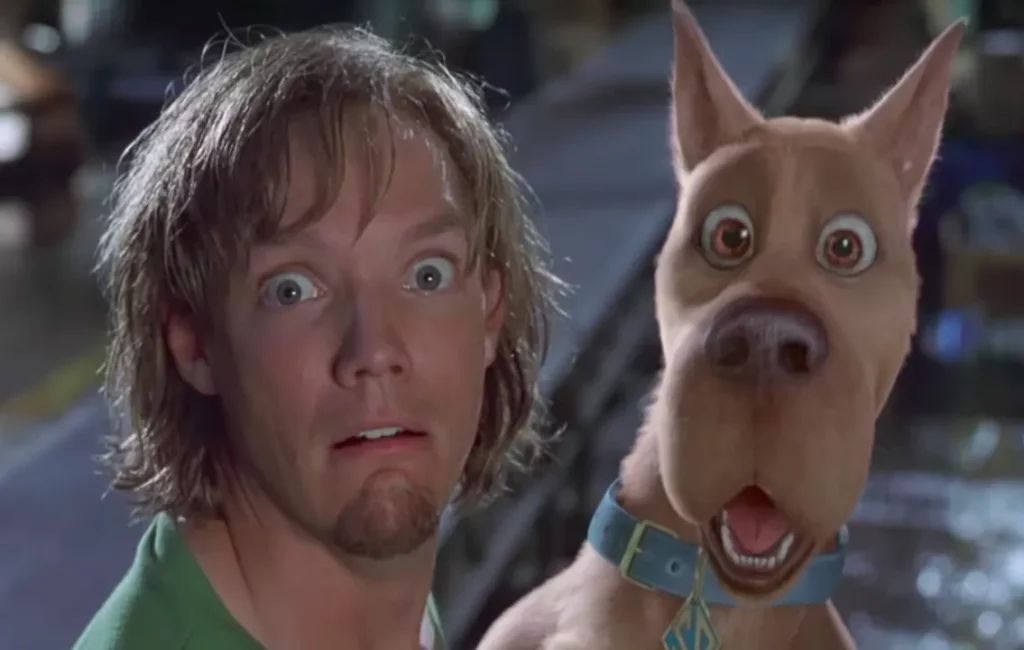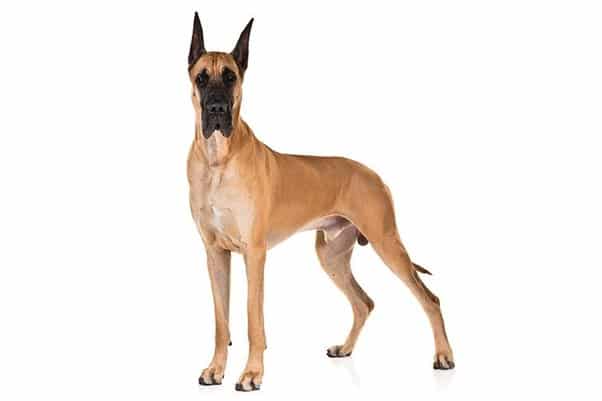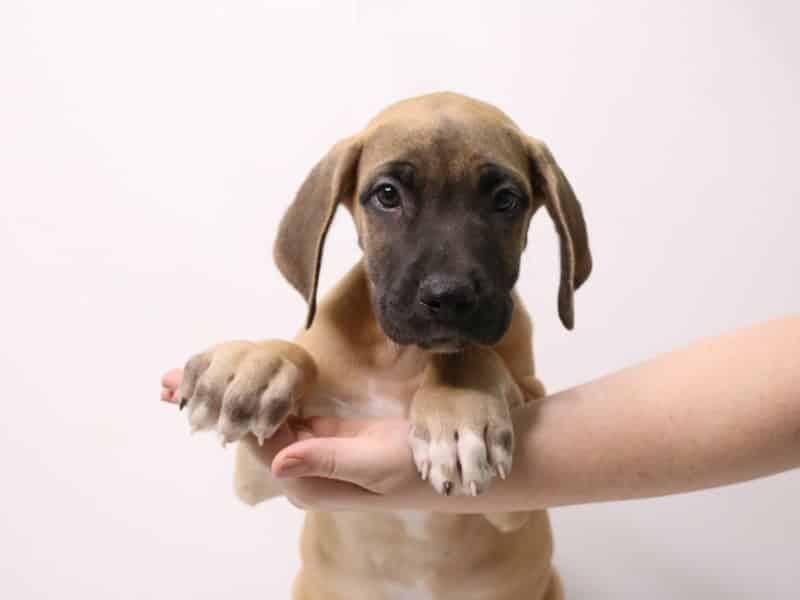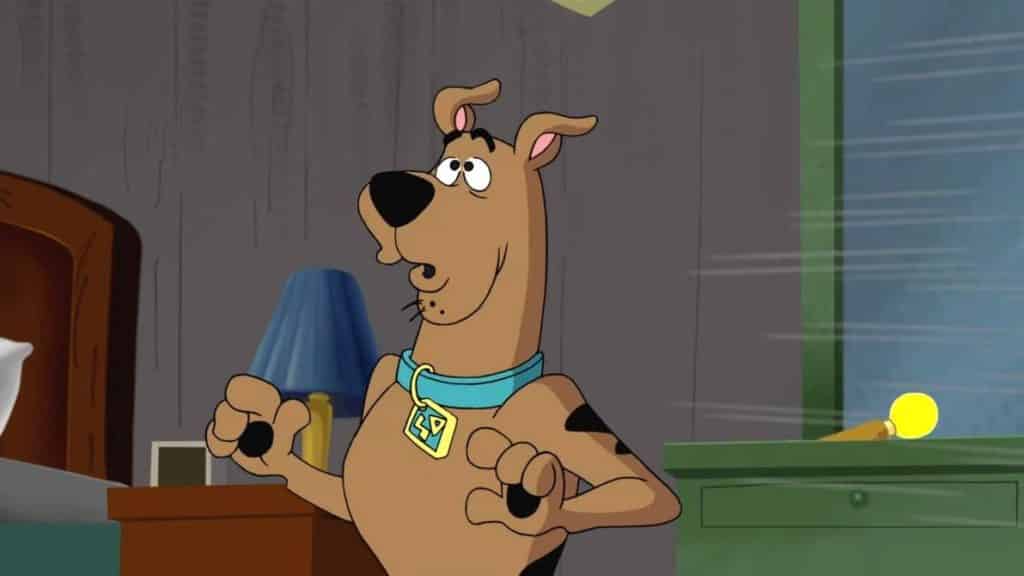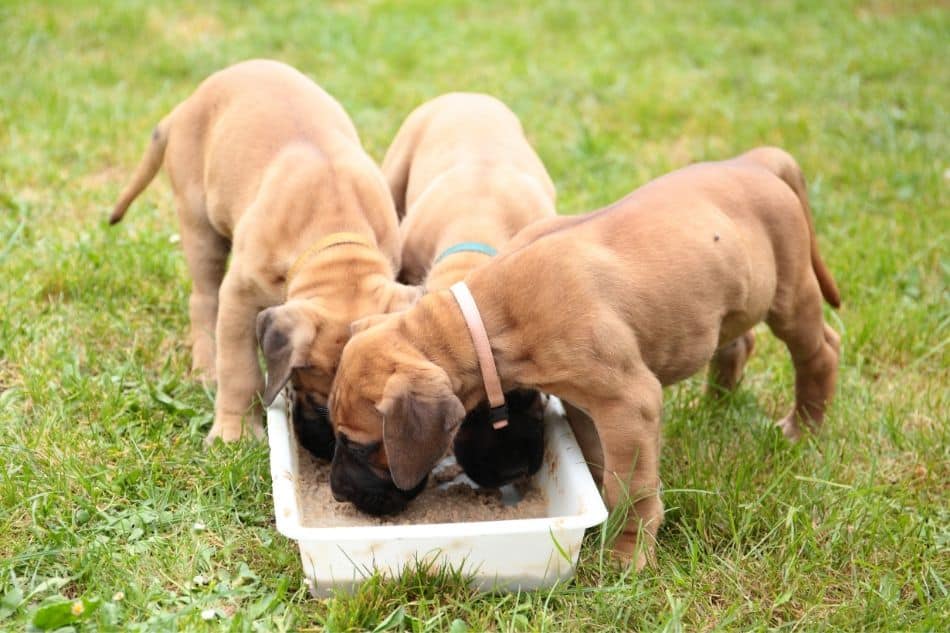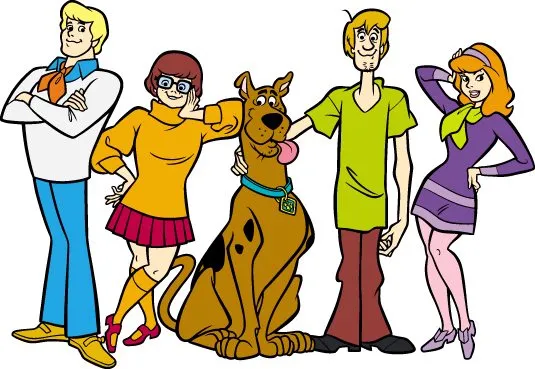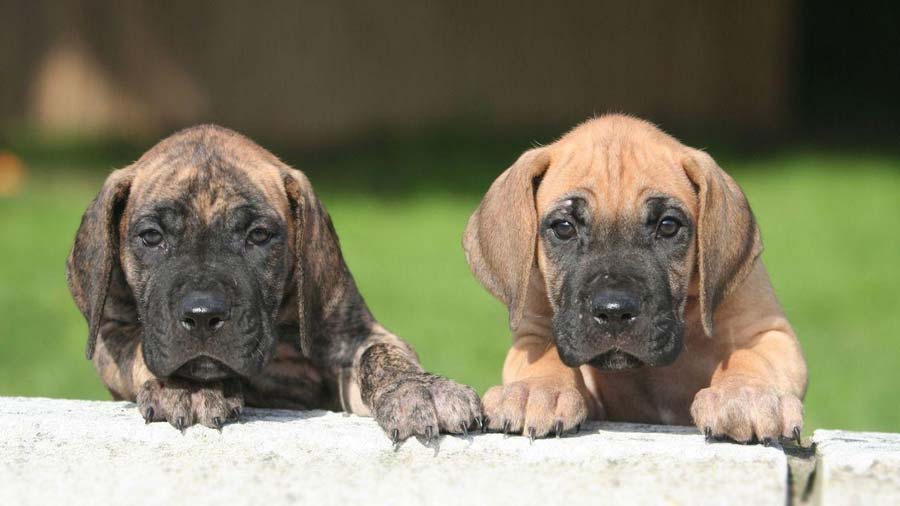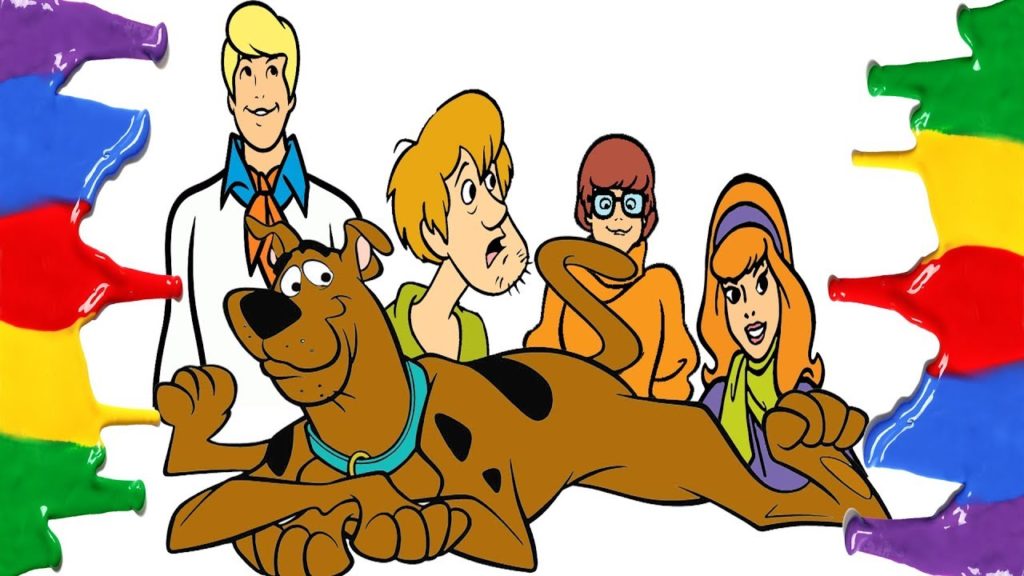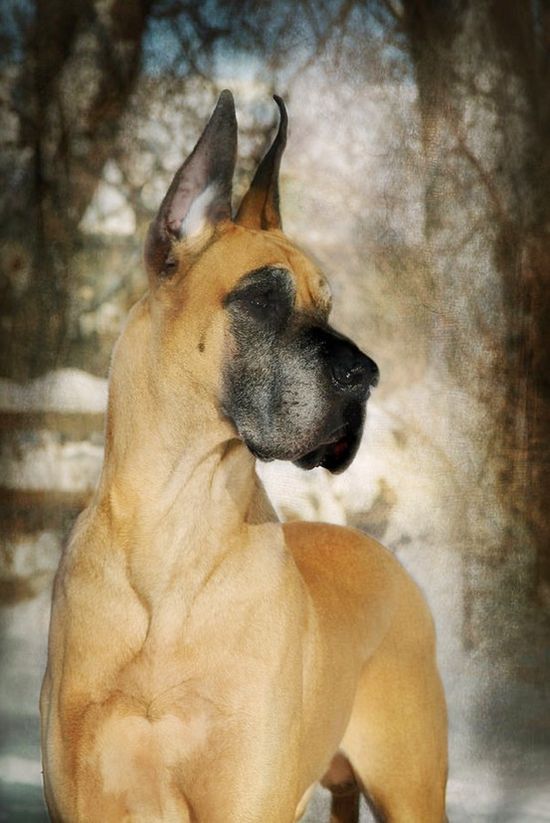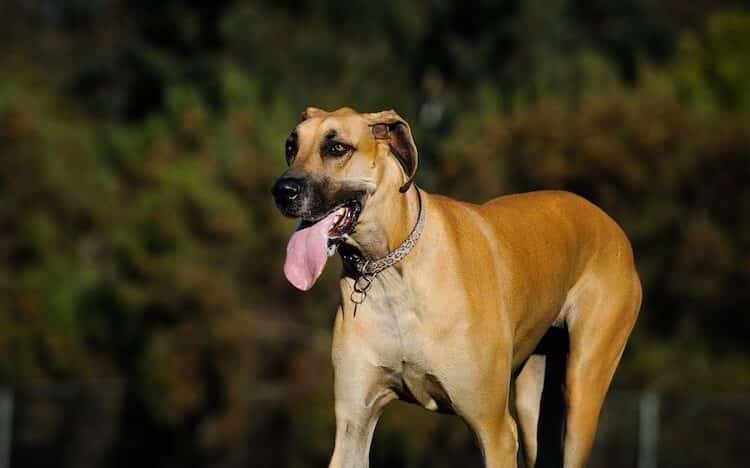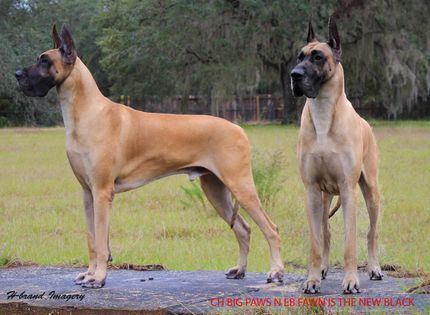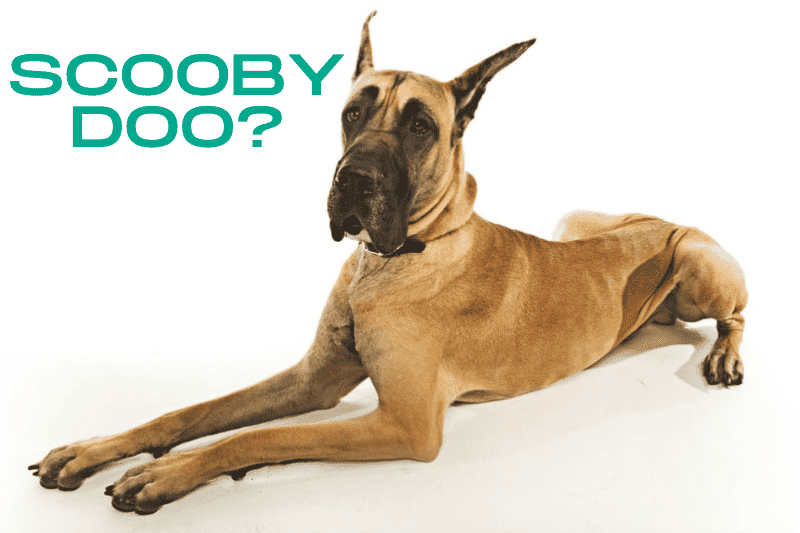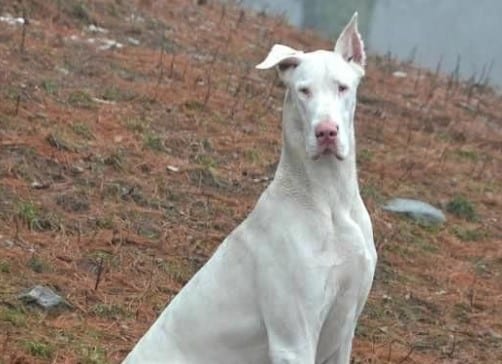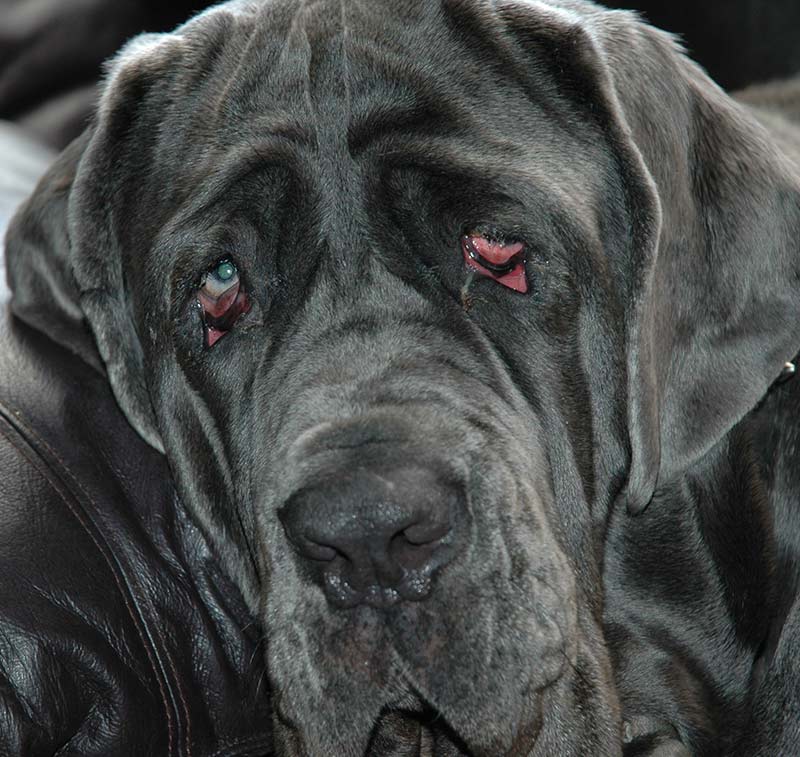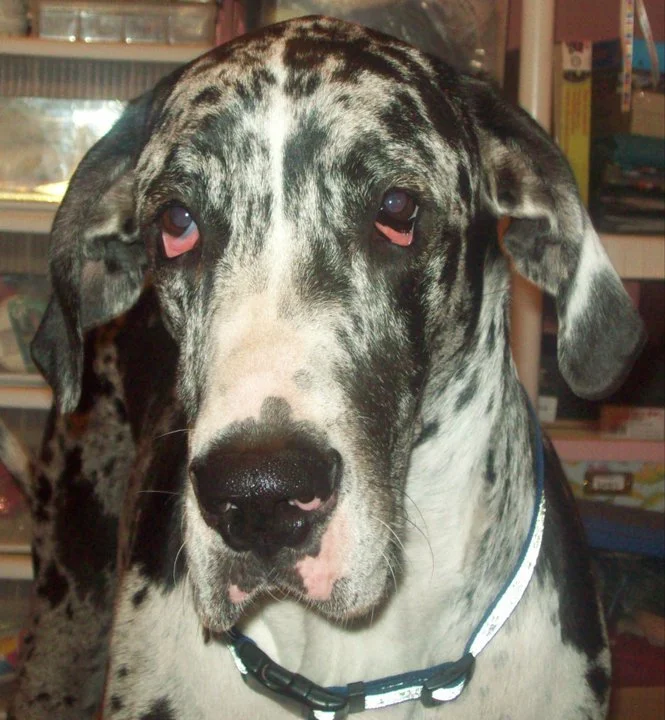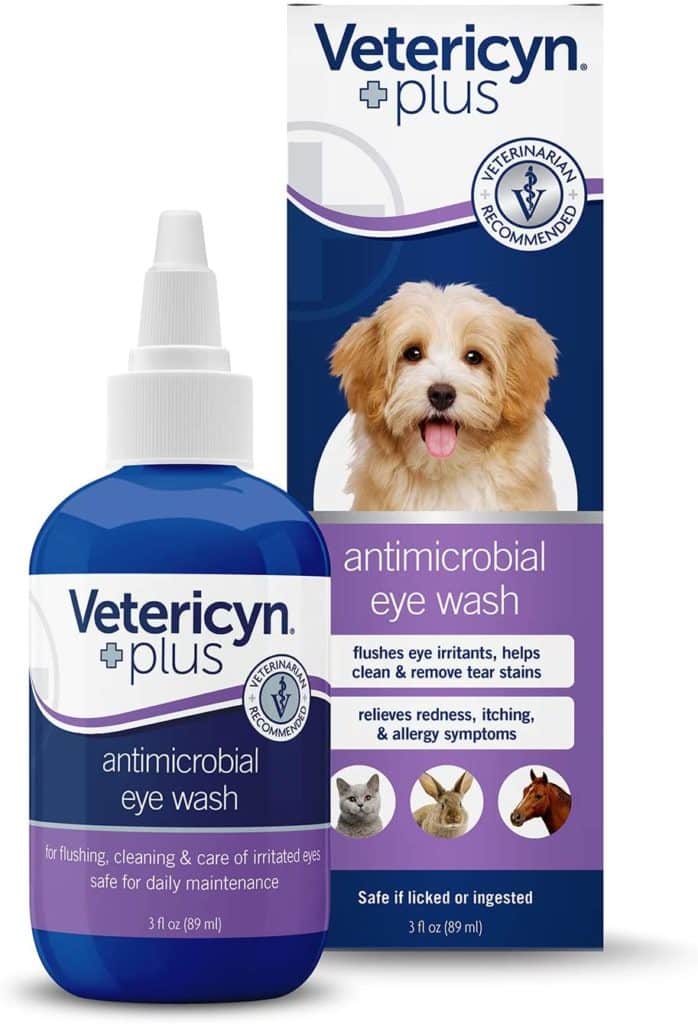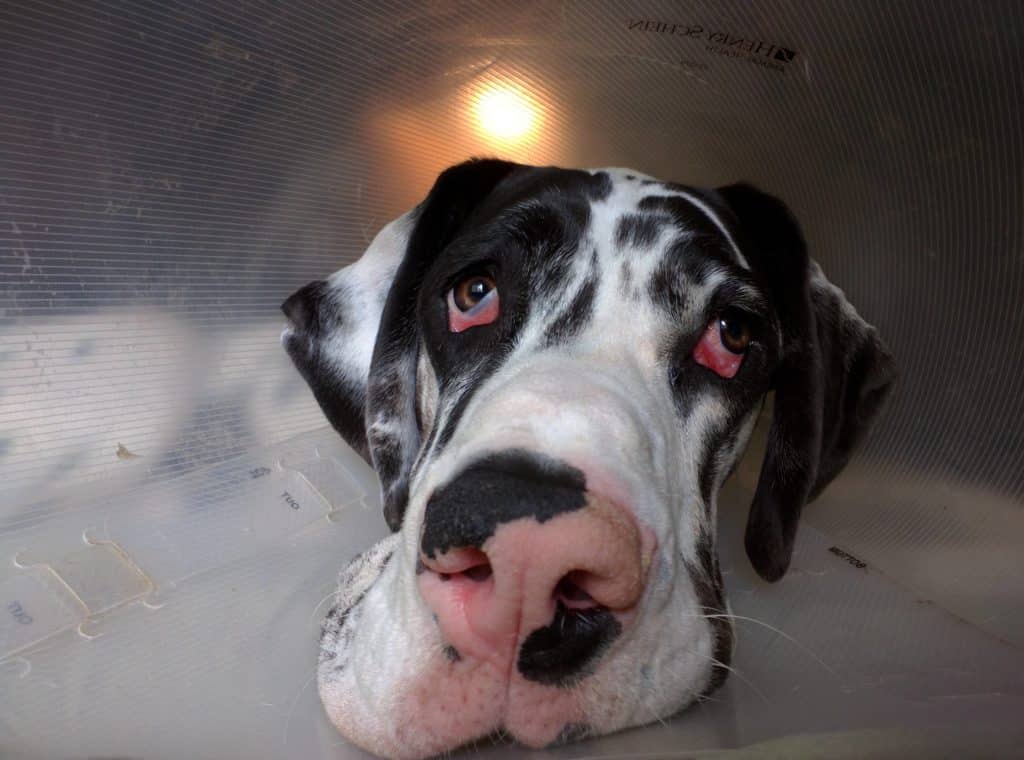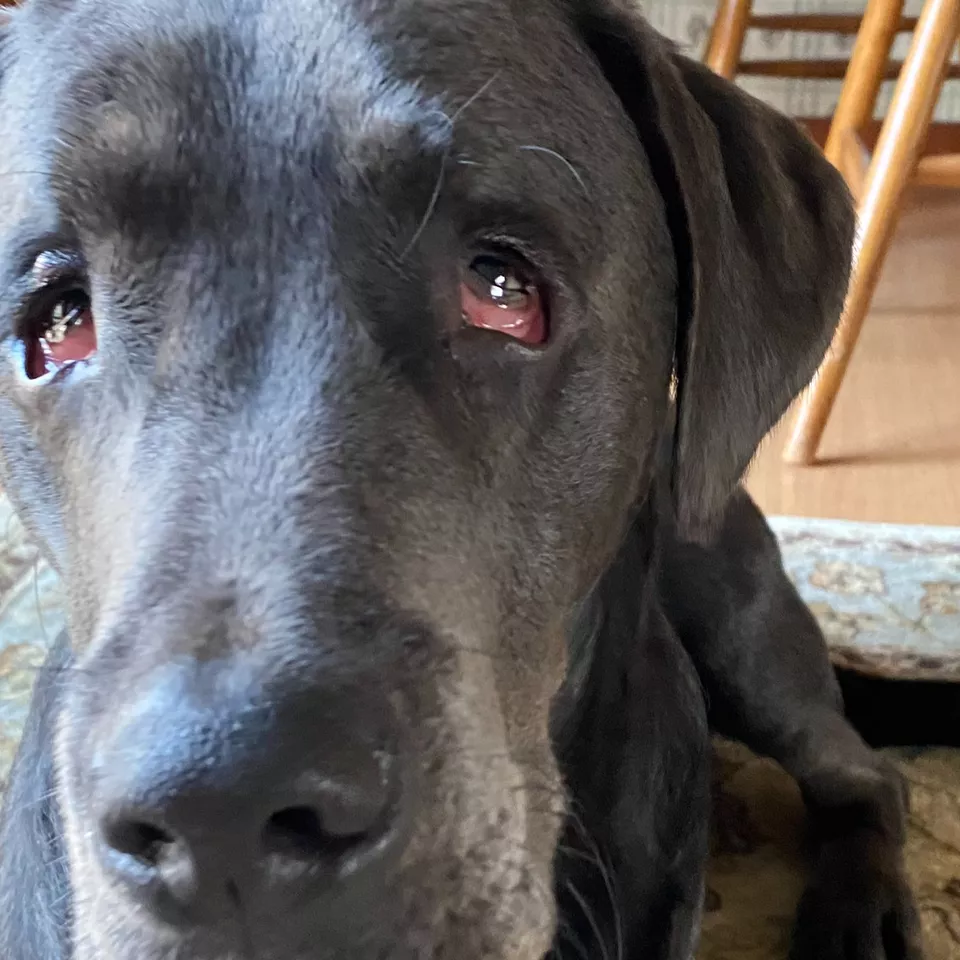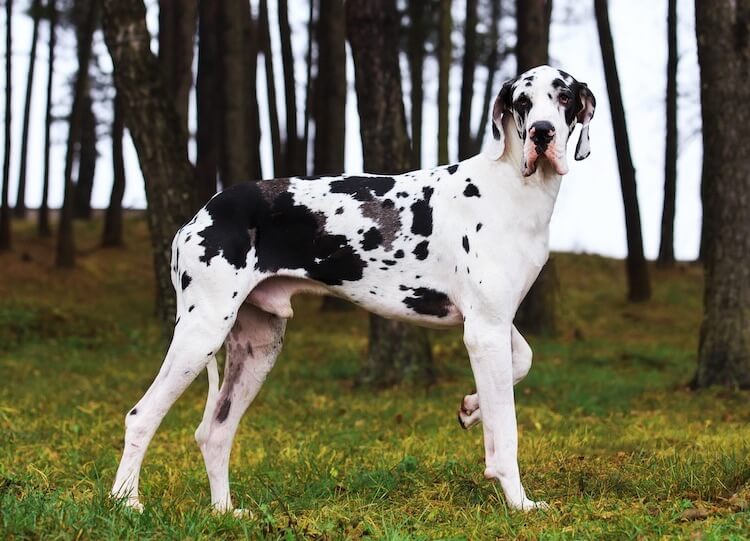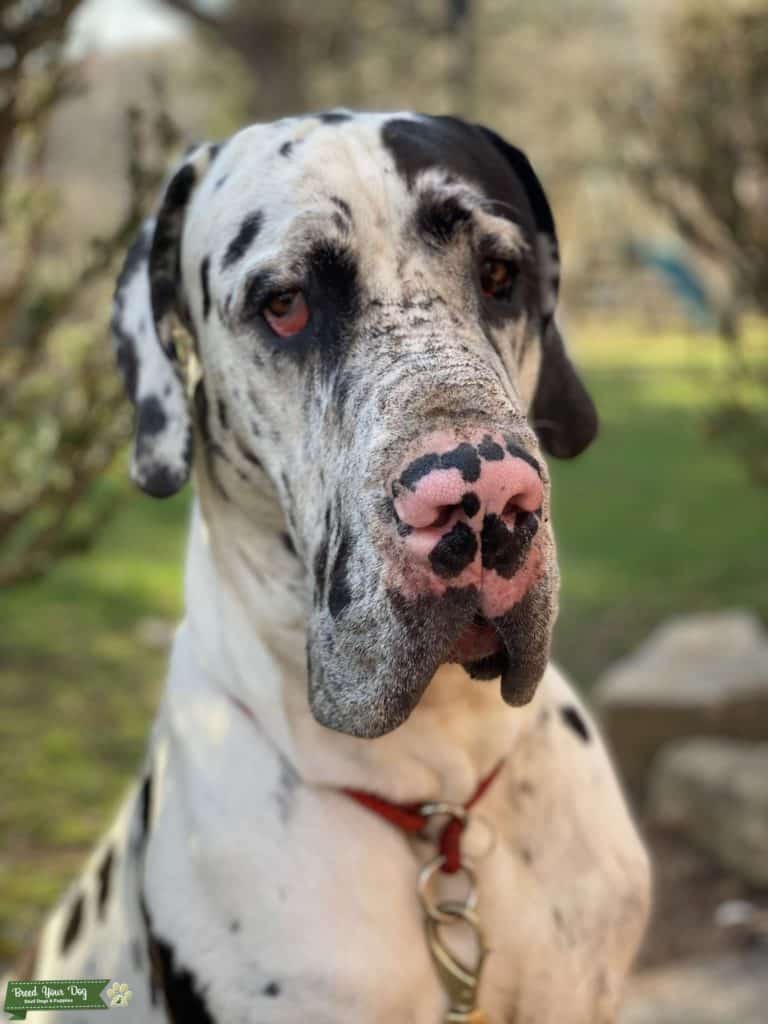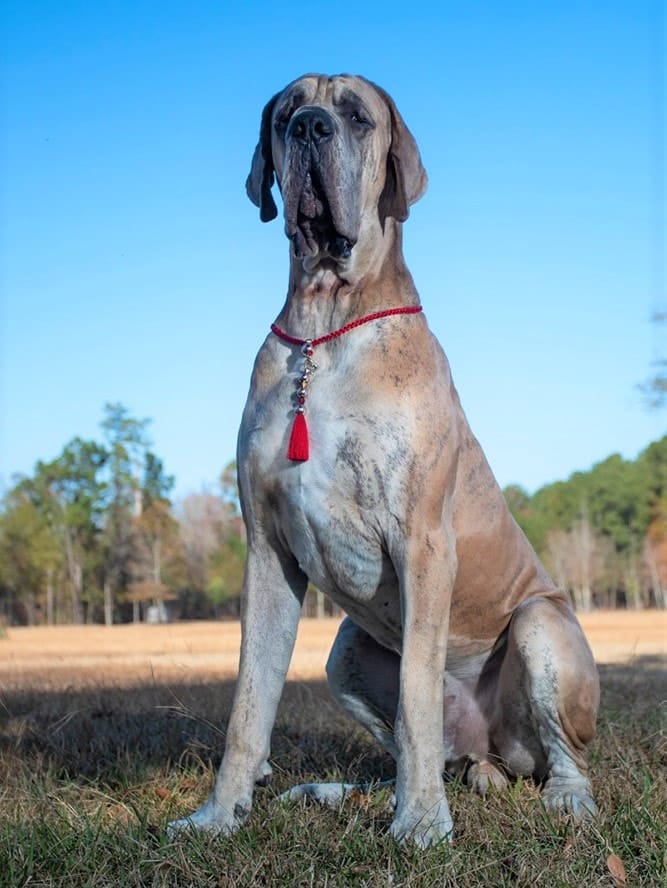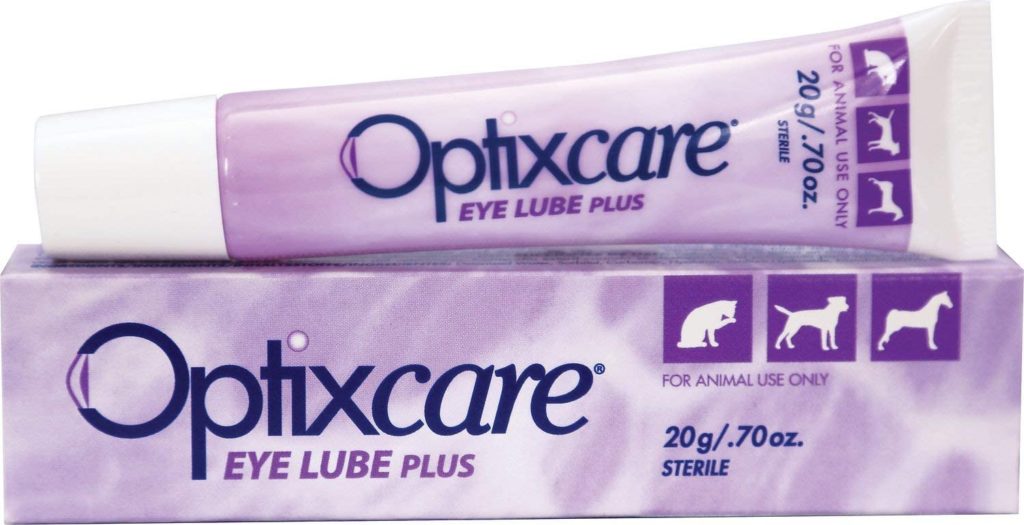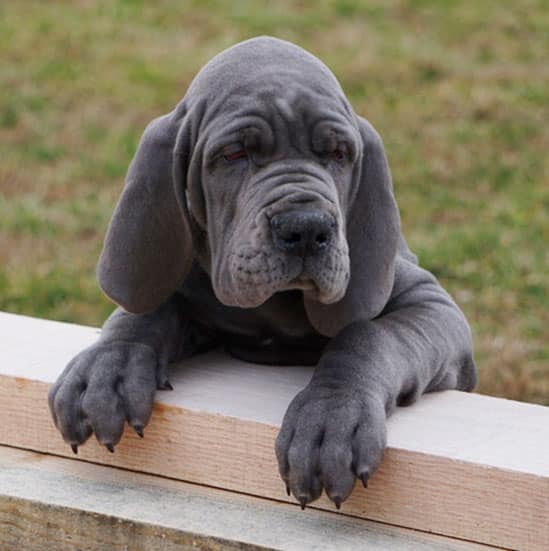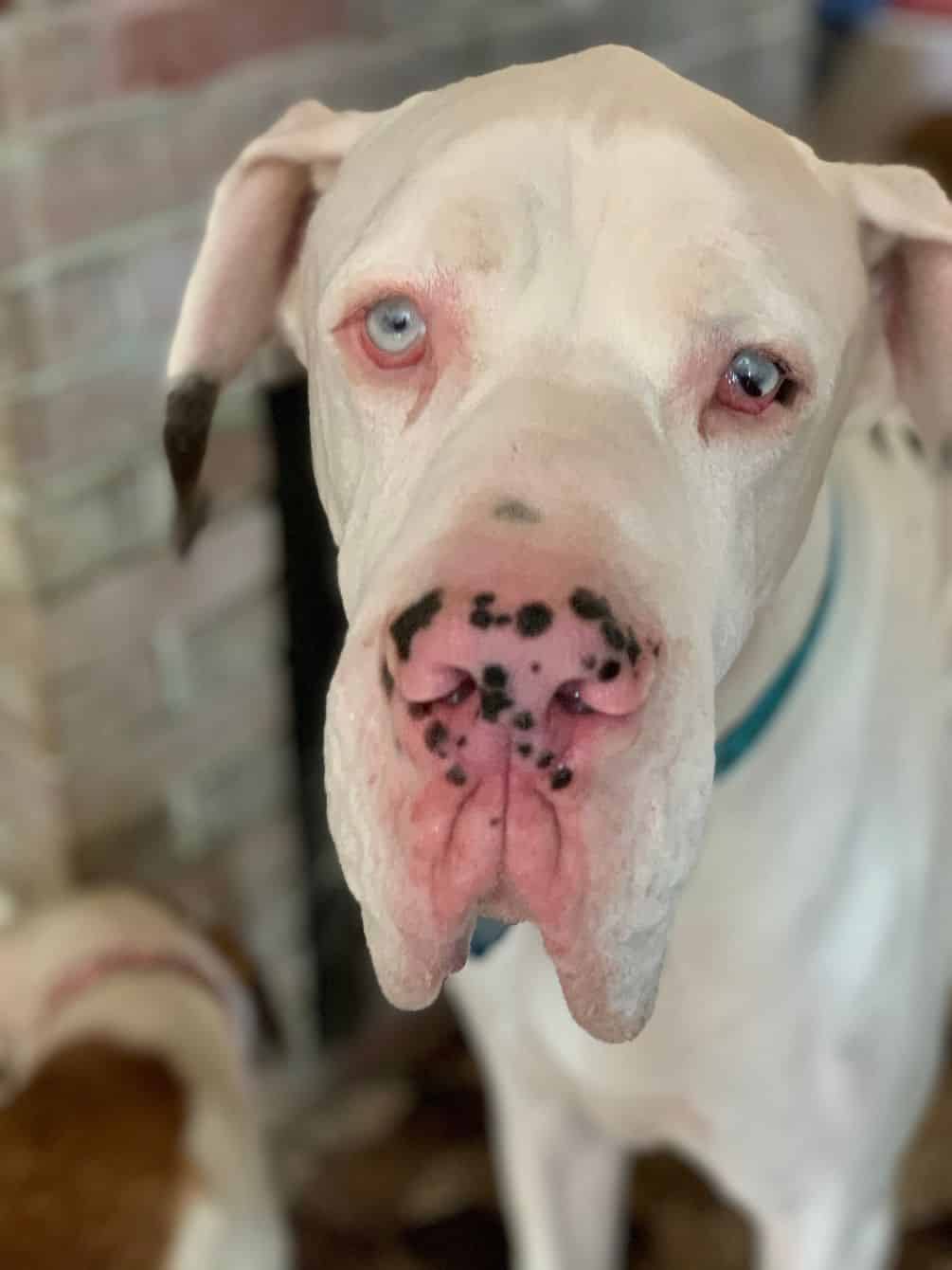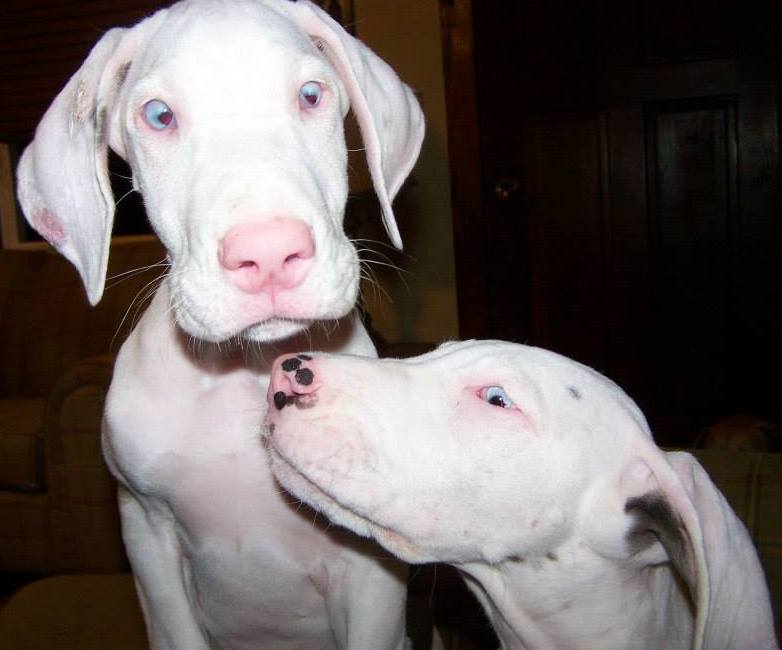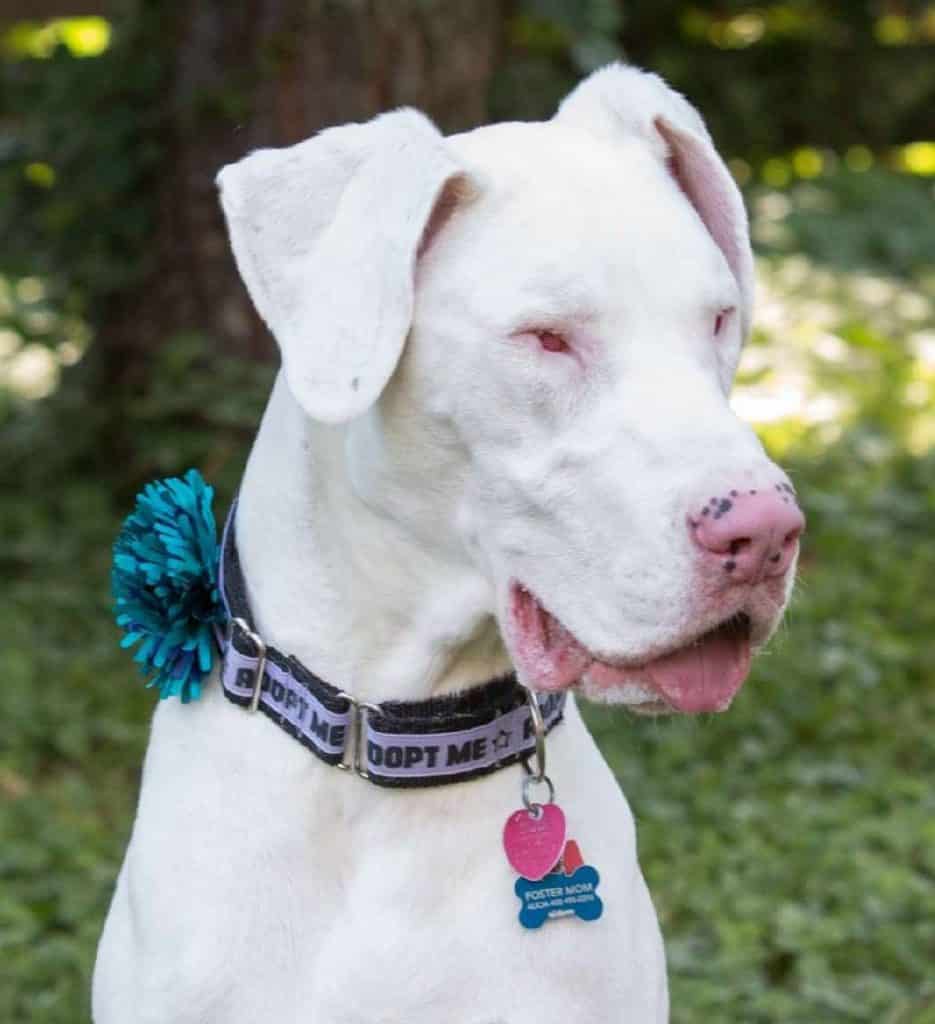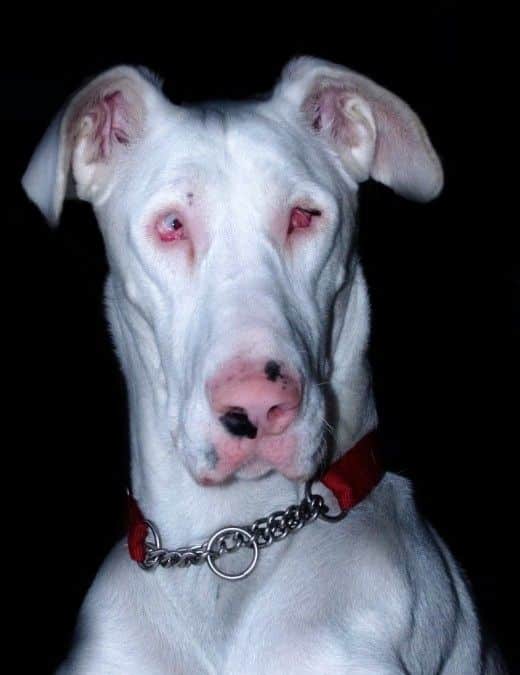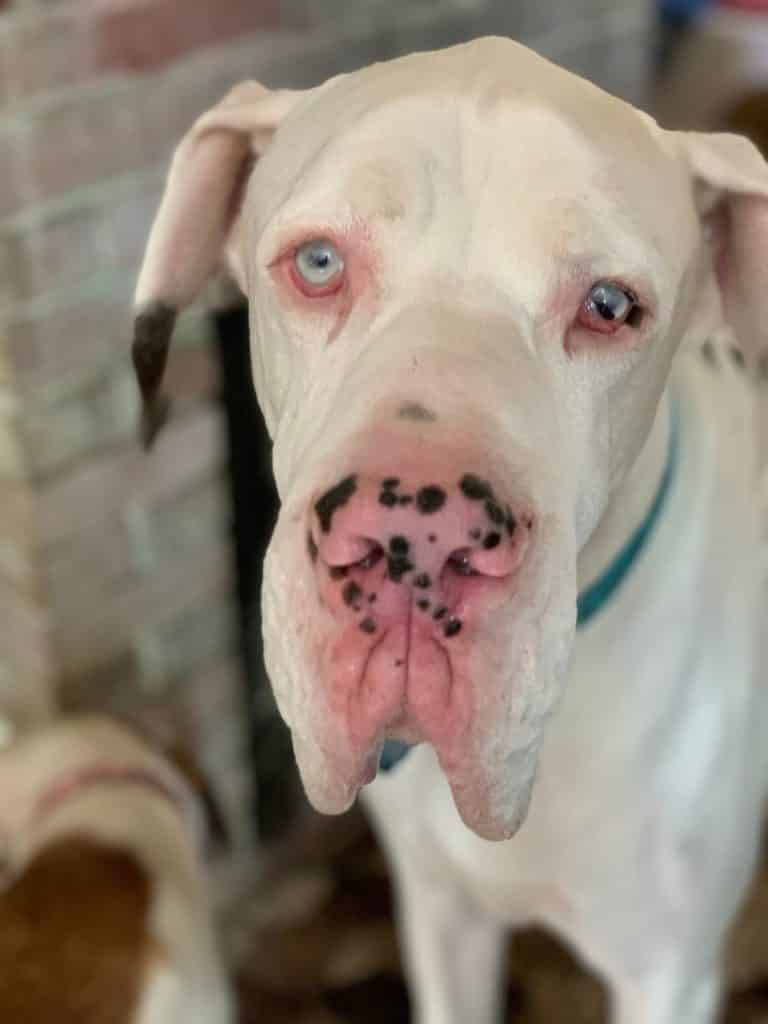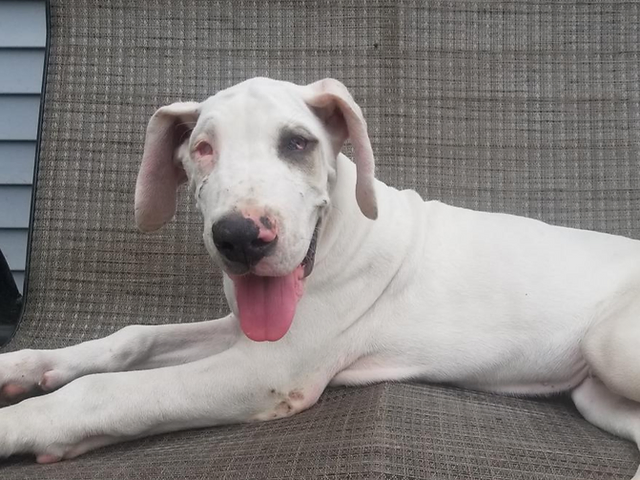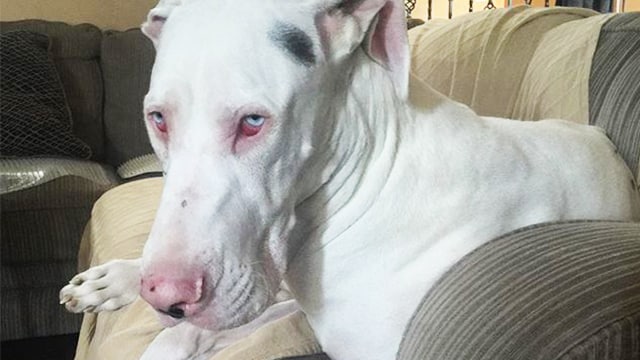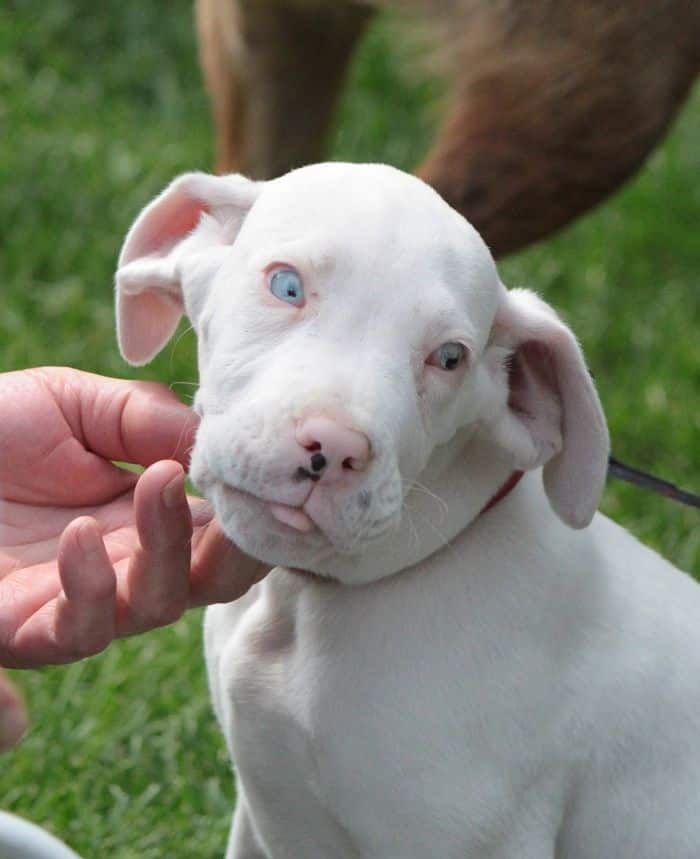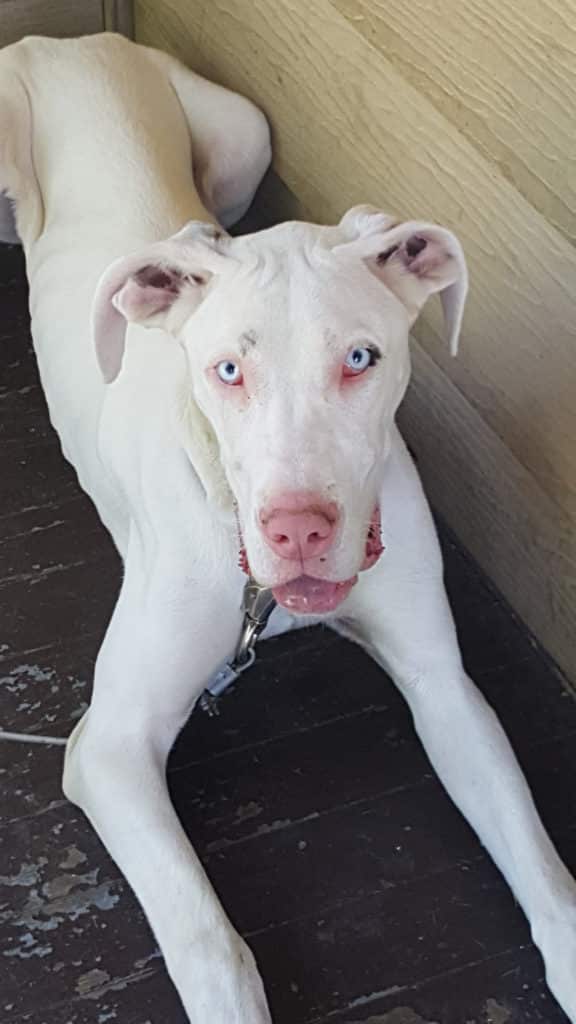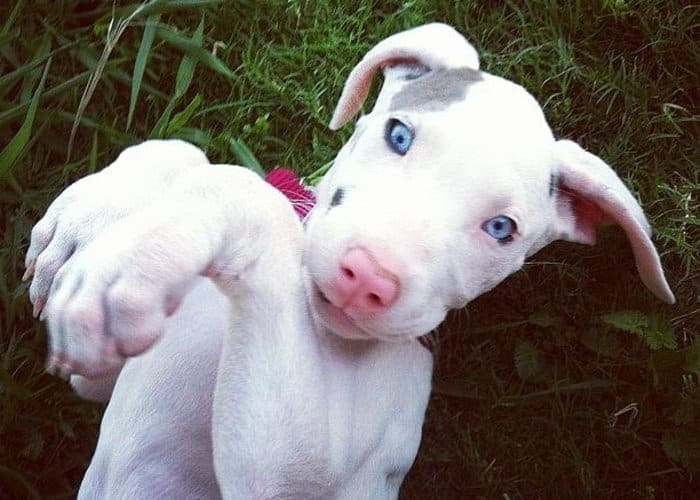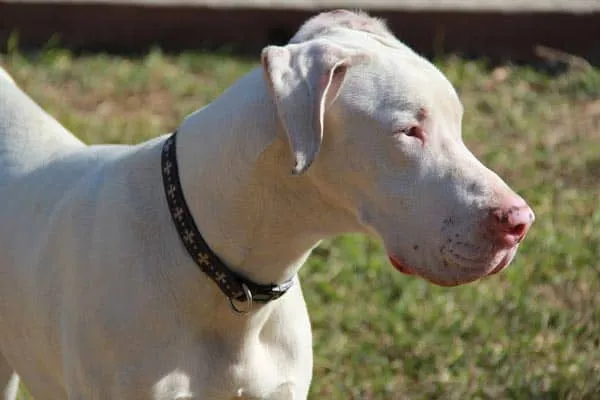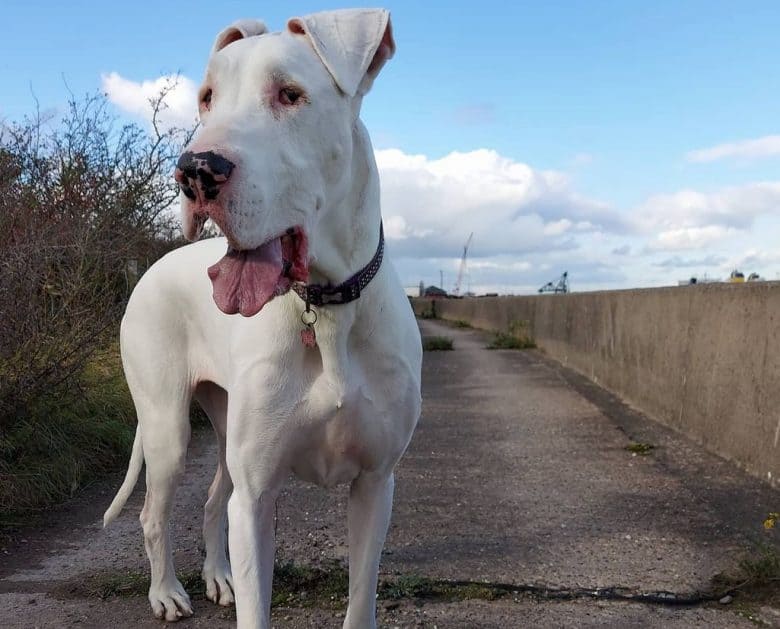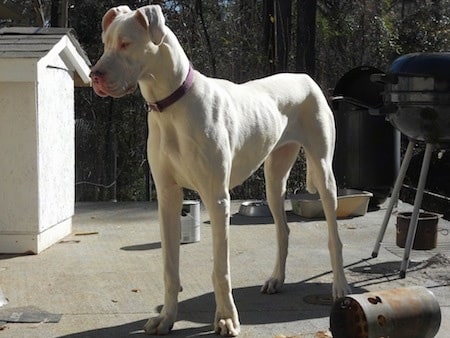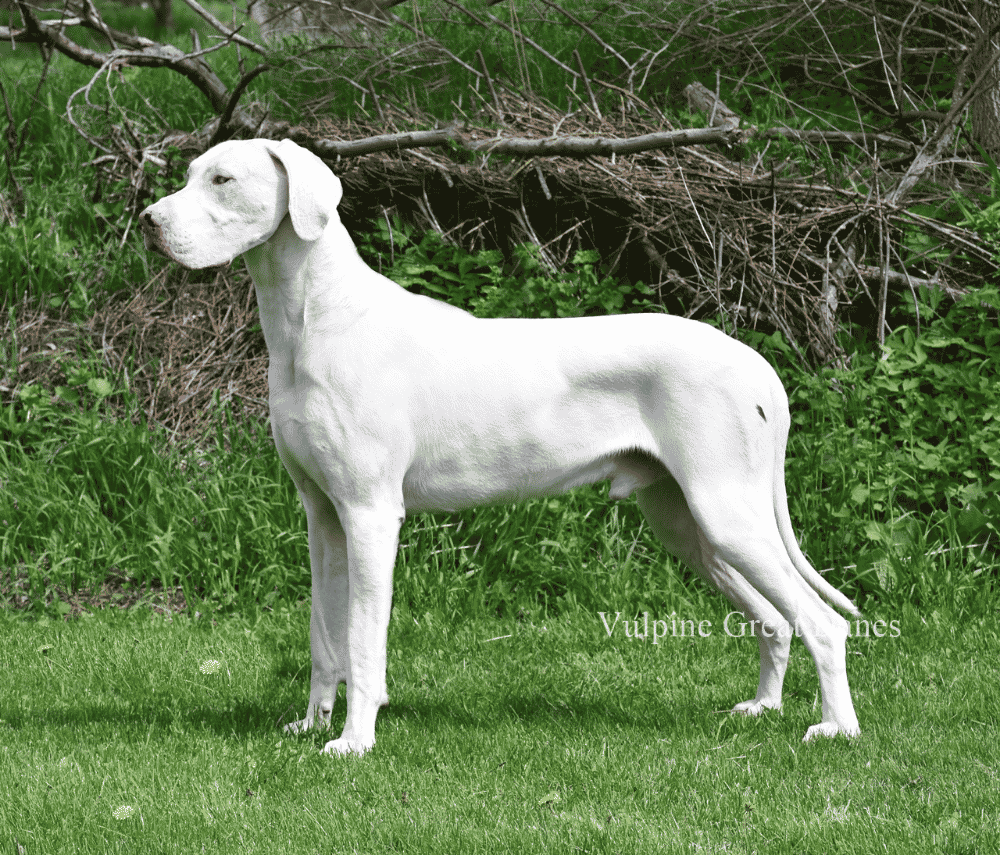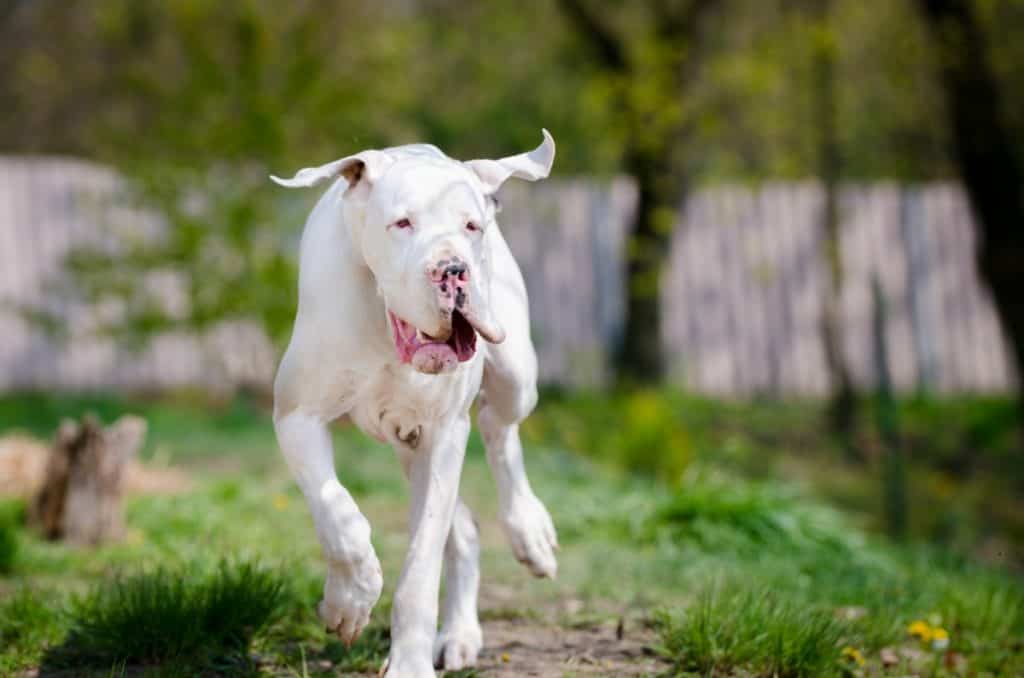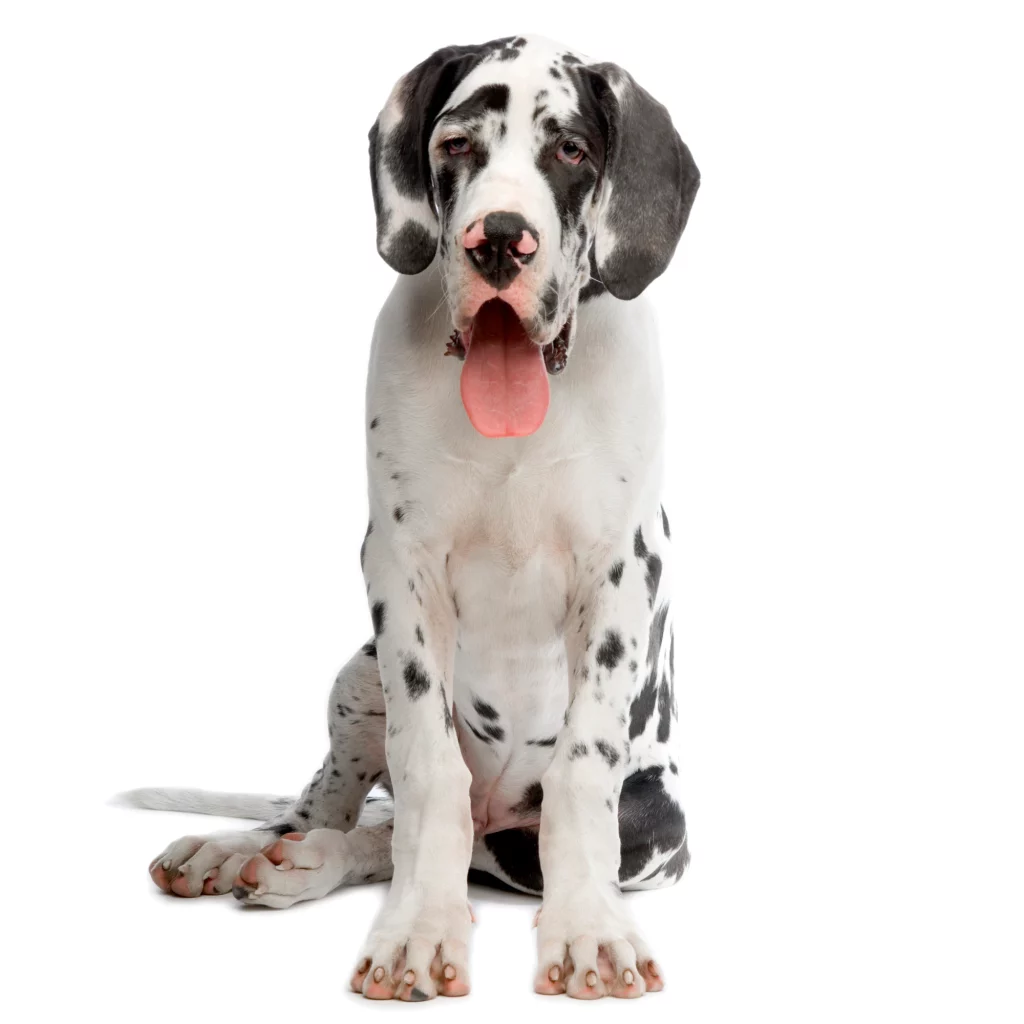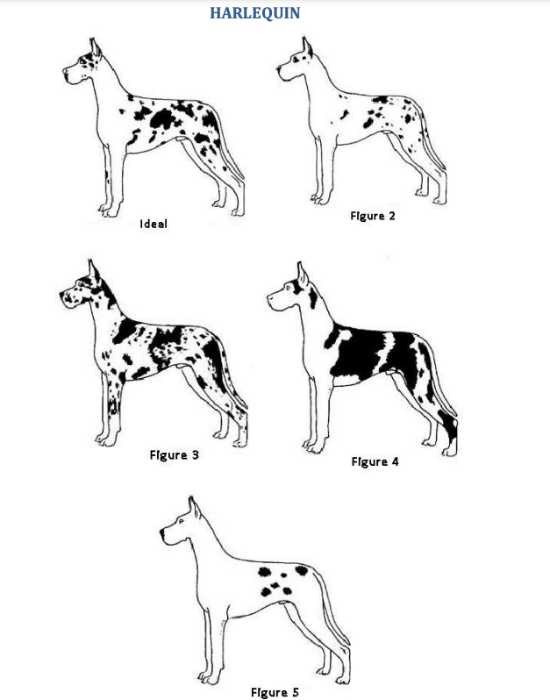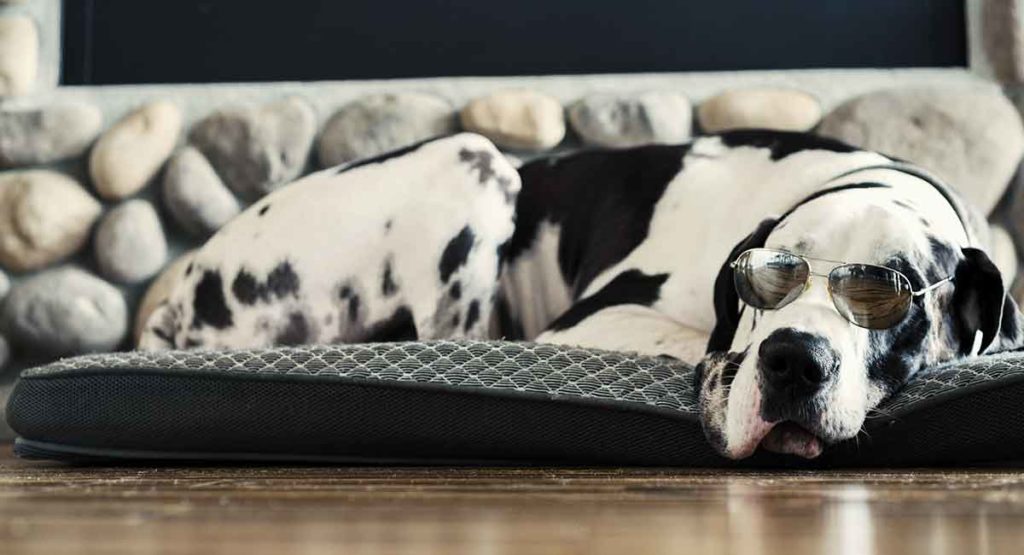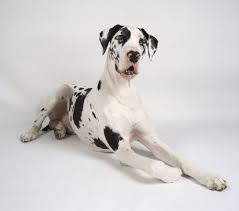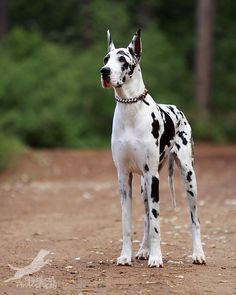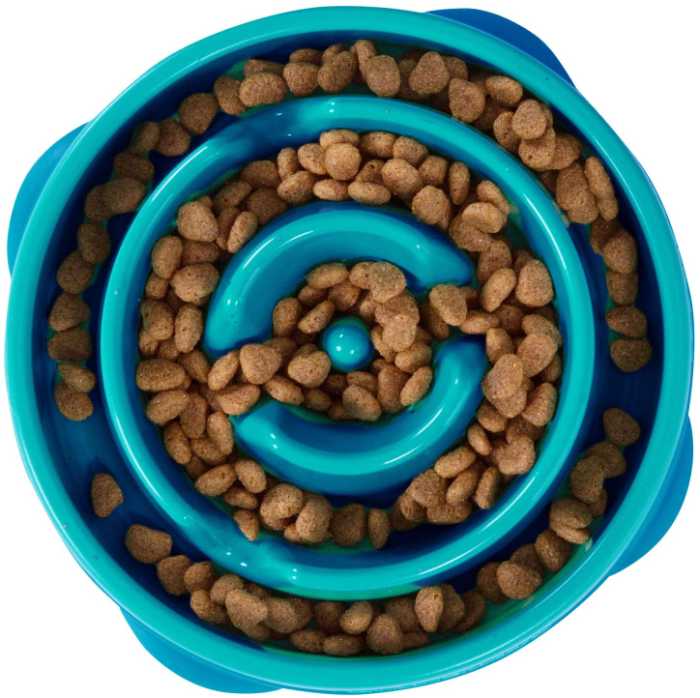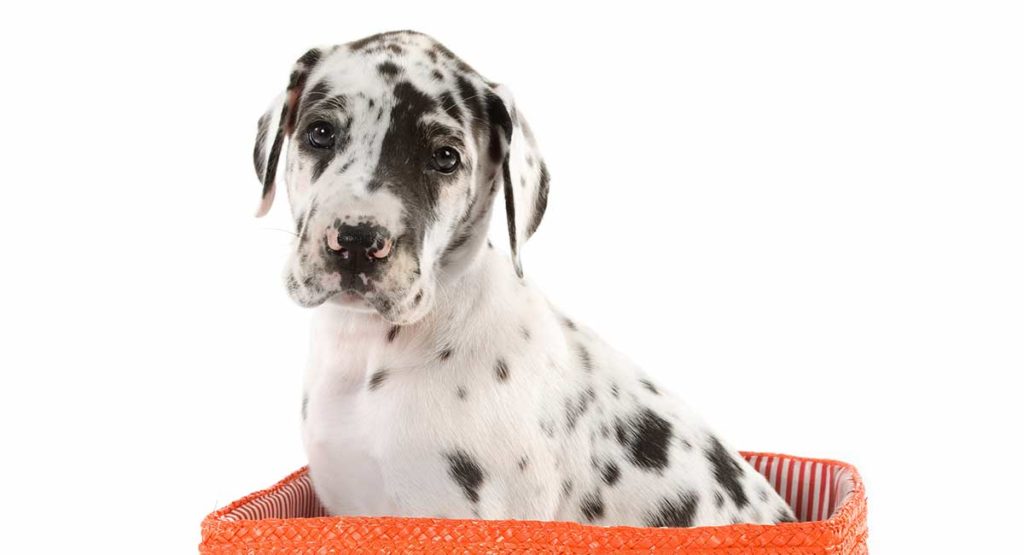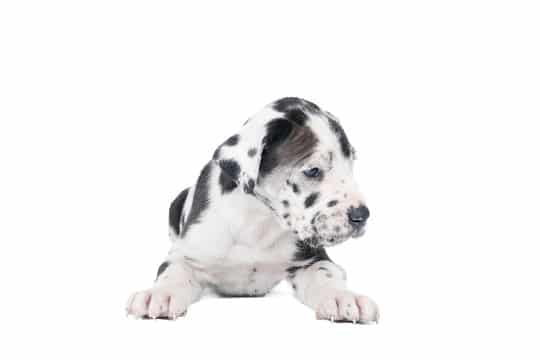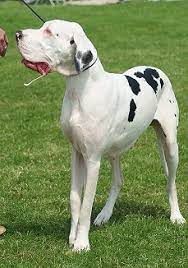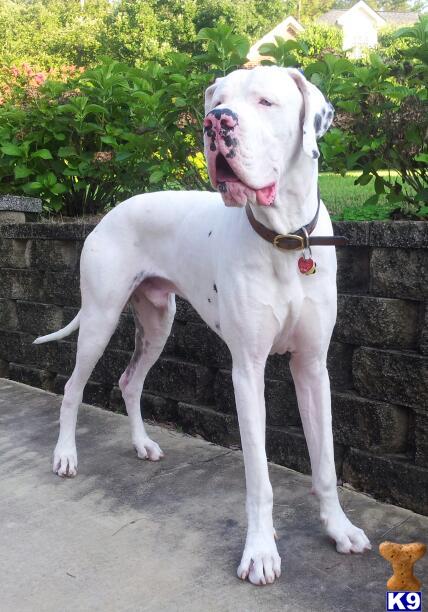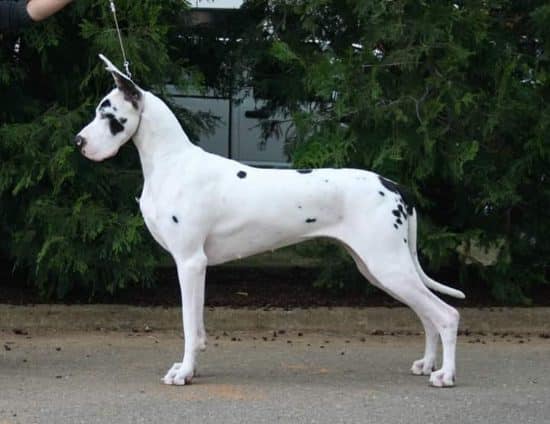Dog osteosarcoma is the most common bone tumor / bone cancer that causes major bone destruction in dogs with an affected limb.

Osteosarcoma in dogs is most often found in the bones of the legs, but can also be found in the ribs, pelvis and spine. It is most common in large breed dogs over the age of seven, with Great Danes being one of the breeds most susceptible to developing this cancer.
There are many different types of osteosarcoma, each with their own set of symptoms. The most common symptom is lameness in the limb, followed by pain and swelling. As the tumor grows, it will begin to compress surrounding nerves and blood vessels, which can lead to paralysis or loss of circulation in the affected limb.
BROKEN LEG IN DOGS
WOBBLERS IN DOGS
DOES ACUPUNCTURE HELP PAIN?
DOES LASER THERAPY HELP PAIN?
DOG OSTEOSARCOMA: A BONE CANCER IN DOGS THAT SHOULD NOT BE IGNORED
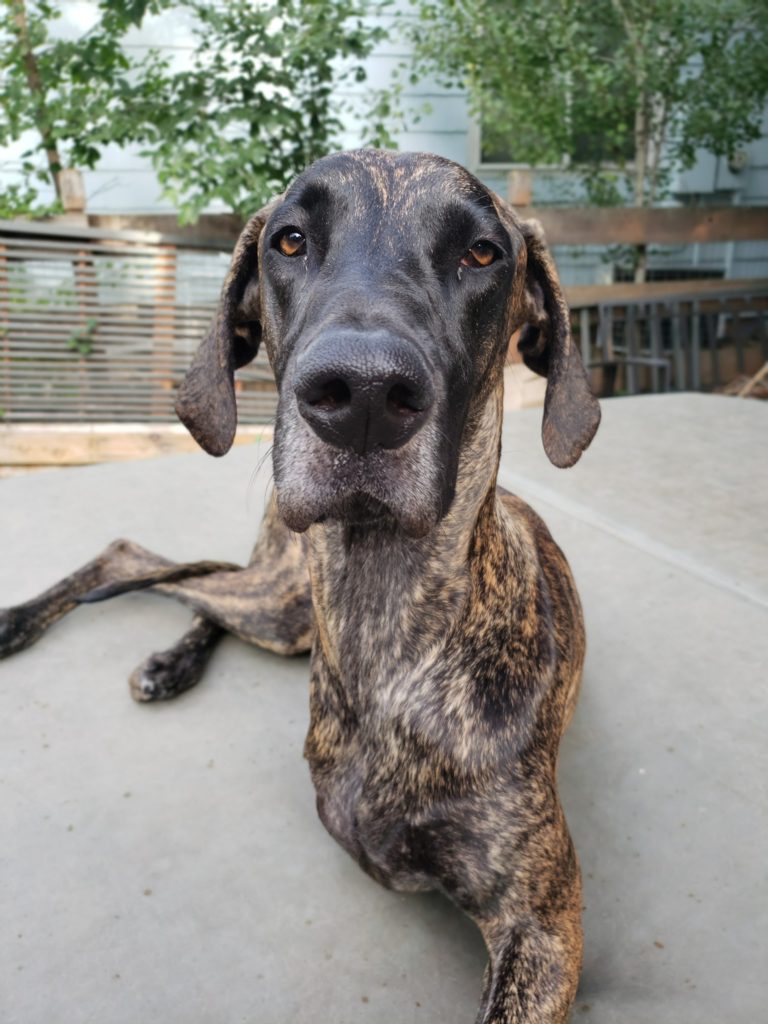
What is canine Osteosarcoma? Canine Osteosarcoma is a bone tumour that is also the most common primary bone cancer in dogs. It is an aggressive form of cancer that grows rapidly and metastasizes (spreads) quickly to other parts of the body, most notably the lungs.
Osteosarcoma usually affects middle-aged to older dogs with larger breeds being predisposed; however, it can occur in any dog at any age. The mean age at diagnosis is six to seven years old.
Great Danes have the highest risk of developing osteosarcoma followed by Rottweilers, Golden Retrievers, Labrador Retrievers, and other large breeds like German Shepherds and English Mastiffs. While most cases are seen in dogs over the age of six, it has been diagnosed in dogs as young as one year old.
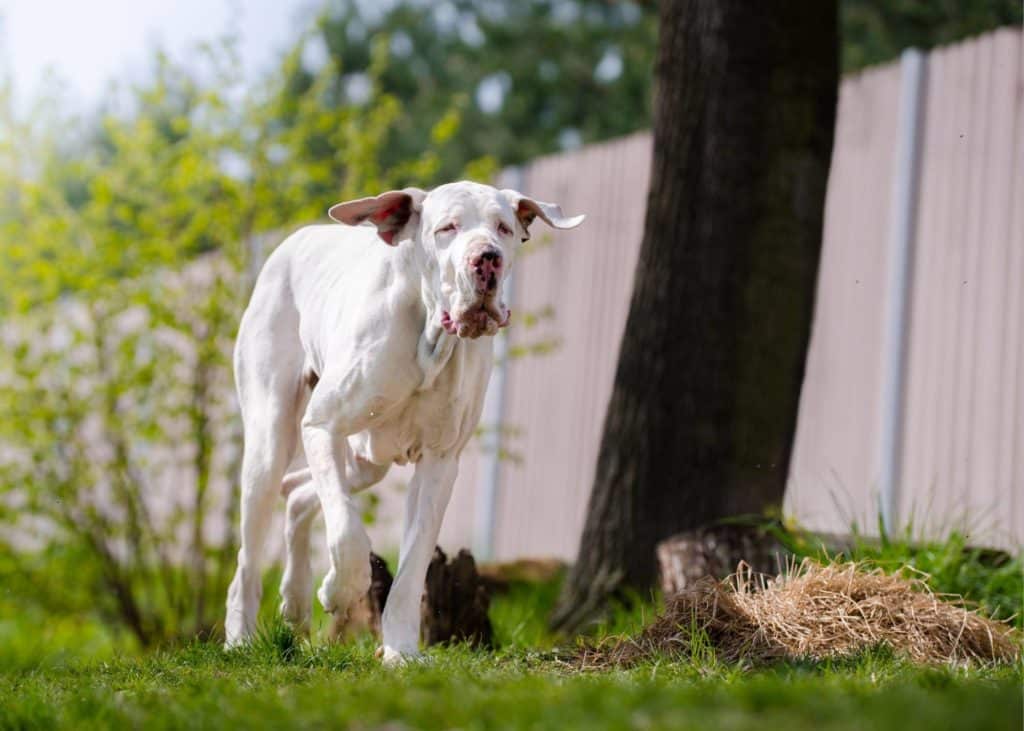
Lameness is the most common symptom associated with osteosarcoma. The lameness may come on suddenly or it may develop slowly over time. It is often intermittent at first, meaning that the dog will be lame for a period of time and then seem normal again for a period of time. As the tumor grows, the lameness becomes more constant.
Pain is usually associated with the lameness and may be severe. The pain is often worse at night or after exercise. Swelling may or may not be present depending on where the tumor is located.
If you notice any of these symptoms in your dog, it is important to have him/her seen by a veterinarian as soon as possible for a diagnosis. Early detection is key to successful treatment.
HOW TO CREATE A TREATMENT PLAN WITH YOUR VETERINARIAN THAT WORKS WITH YOUR PET
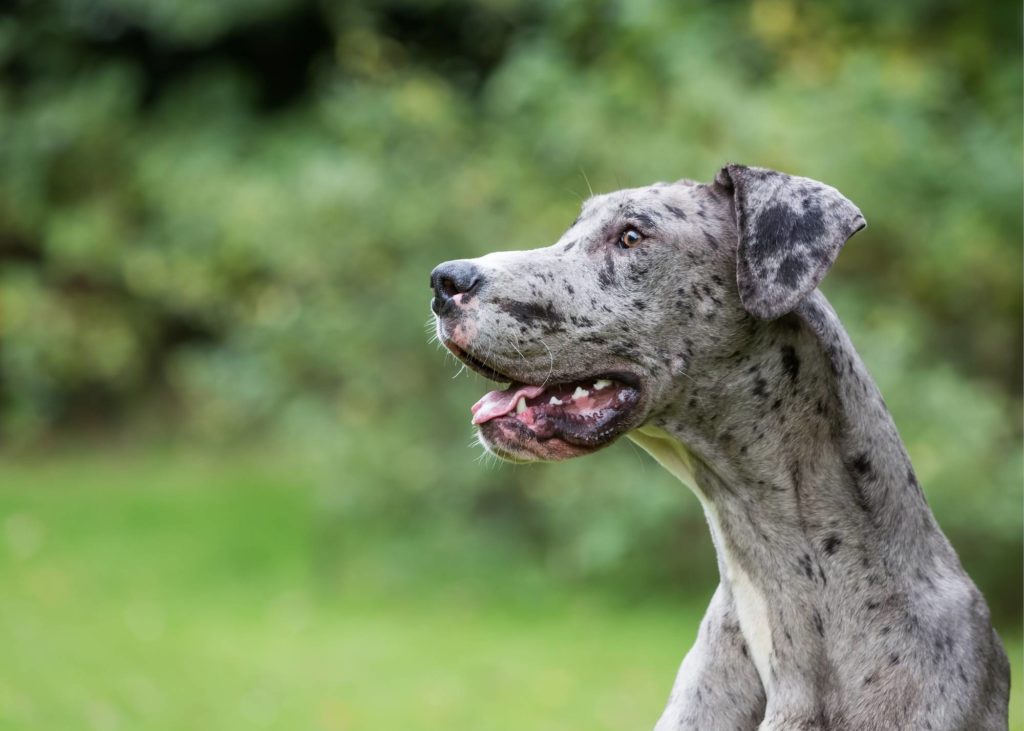
GETTING BONE TUMORS DIAGNOSED
There are several tests that your veterinarian can perform to diagnose osteosarcoma. A complete blood count (CBC) and biochemical profile will often be performed first to get a general idea of your dog’s overall health.
PET PARENTS OBSERVATION IS THE FIRST STEP TO DETECTING BONE CANCER AND BONE TUMORS
Dog parents should be in tune with their dogs natural and ‘normal’ self.
Dog parents should know the clinical signs of primary Osteosarcoma and be able to take their dog to be seen at the very earliest possible time.
The most common sign of Osteosarcoma is sudden onset or worsening of lameness that does not improve with rest.
Additional signs may include:
- Lethargy
- Decreased appetite/weight loss
- Pale gums due to anemia (low red blood cell count)
Dog parents will be able to see if their healthy dogs suddenly begin to limp, get lethargic, have a fever, and show other clinical signs.
Getting immediate diagnosis and treatment is of utmost importance to treat tumor cells.

XRAYS TO DETECT PRIMARY BONE TUMORS
X-rays are often the next step in diagnosing osteosarcoma. X-rays can sometimes be normal in early stages of the disease, but as the tumor grows, it will cause changes in the bone that can be seen on an x-ray. A mass or lump may also be visible on the x-ray.
CT OR MRI SCANS FOR BONE TUMORS
If your dog has a mass or lump that is visible on an x-ray, your veterinarian may recommend a CT scan or MRI to get a better look at the tumor. These scans can often give more information about the size and location of the tumor.
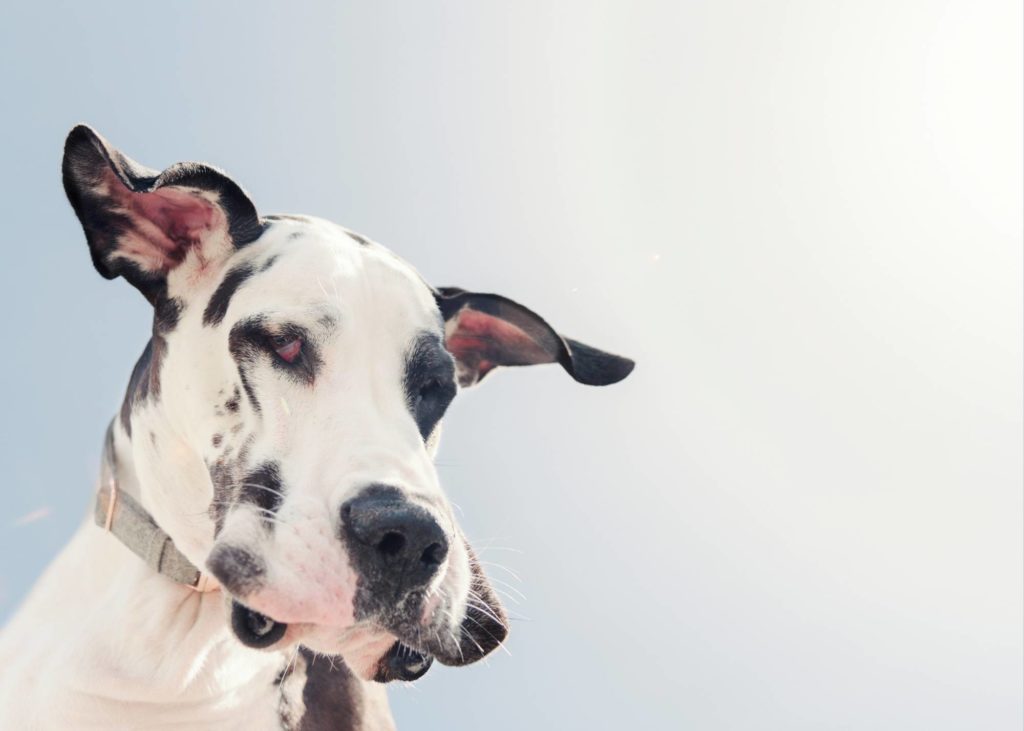
BIOPSY FOR BONE TUMORS
A biopsy is the only way to definitively diagnose osteosarcoma. A biopsy can be done in one of two ways: a needle biopsy or a surgical biopsy.
Needle biopsies are often performed with CT or MRI guidance. A needle is inserted into the tumor and a small amount of tissue is removed. This type of biopsy is less invasive than a surgical biopsy, but it does not always provide enough tissue for an accurate diagnosis.
Surgical biopsies are often done under general anesthesia. A small piece of the tumor is removed and sent to a pathologist for evaluation. A surgical biopsy is the best way to get a definitive diagnosis of osteosarcoma.
HOW TO USE ACUPUNCTURE FOR DOGS
HIP DYSPLASIA
GROWING PAINS
LASER THERAPY
Once a diagnosis of osteosarcoma has been made, your veterinarian will discuss treatment options with you. The most common treatment for osteosarcoma is amputation of the limb followed by chemotherapy.
IS HAVING A BONE BIOPSY RISKY?
Conducting a bone biopsy is a very risky procedure with Osteosarcoma in dogs.
The primary canine bone tumors make the bones very fragile and conducting a biopsy can put your dog at risk for fracture or shattering of the bone.
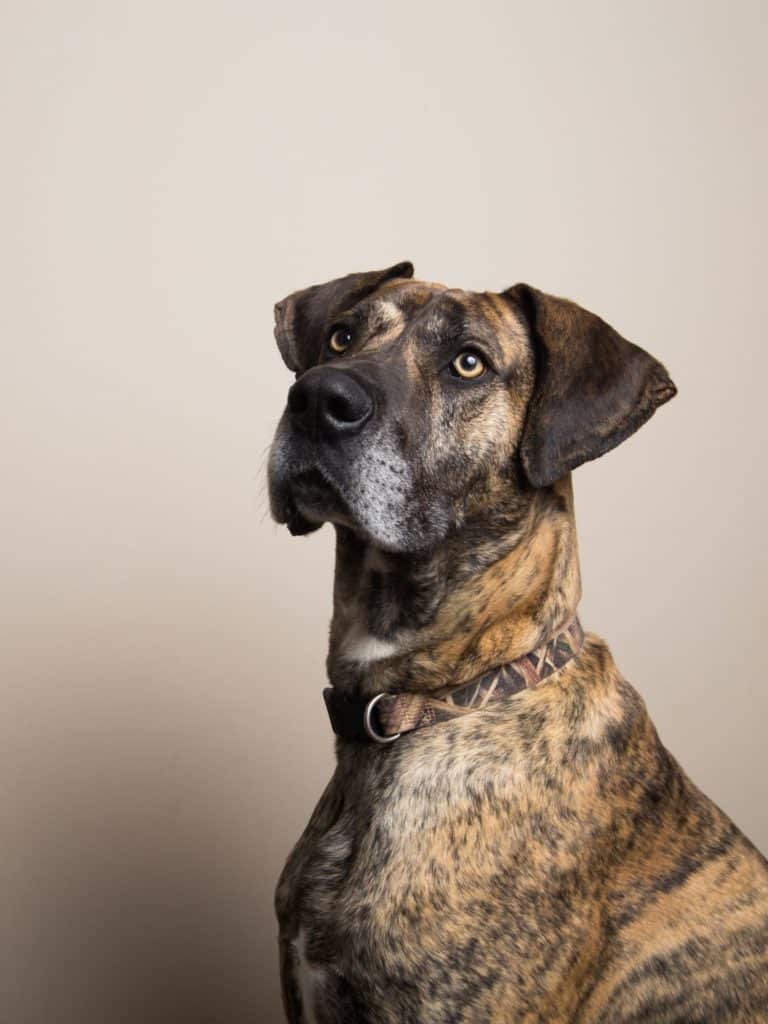
SIGNS OF APPENDICULAR OSTEOSARCOMA IN DOGS
Dogs with tumor cells will begin to not feel themselves before the bone growth even takes place.
Lethargy, weight loss, and decreased appetite are all clinical signs that should not be ignored by dog parents.
These are all early warning signs that something is wrong and your dog needs to see a veterinarian as soon as possible.
Other clinical signs of Osteosarcoma include:
- Lameness that worsens with time
- Swelling of the affected limb / tumor location
- Pain in the limb
- Limping on one or more front or back legs
- Loss of appetite
- Pain at the tumor site
USING FISH OIL FOR PAIN
ARTHRITIS
7 RISKS FOR BIG DOGS
BLOAT RISKS
TOENAILS AND HEALTH PROBLEMS
THE BENEFITS OF HEALTH TESTING
If you notice any of these signs in your dog, it is important to have him/her seen by a veterinarian as soon as possible for a diagnosis. Early detection is key to successful treatment.
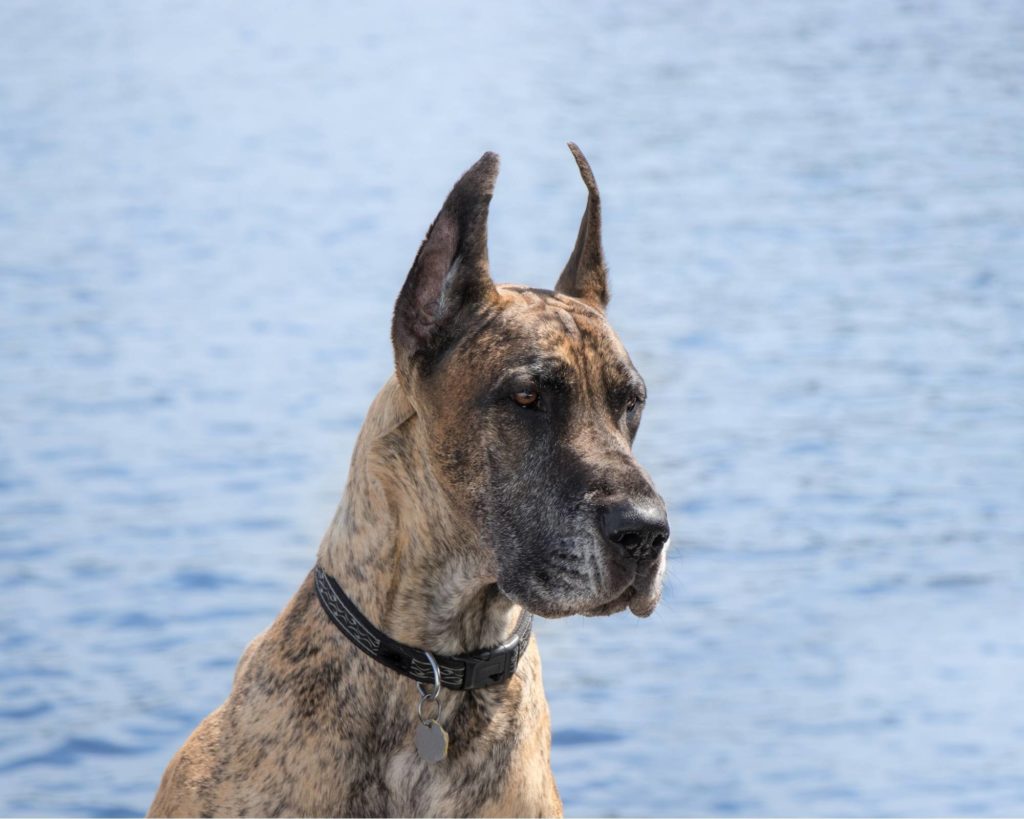
THE MOST COMMON AFFECTED BONE WITH APPENDICULAR OSTEOSARCOMA
Appendicular Osteosarcoma is a bone tumour that can affect any bone in the body, but the most common location is the long bones of the legs (femur, humerus).
Other less common locations include the ribs, pelvis, and shoulder blade.
Appendicular Osteosarcoma accounts for about 85% of all primary bone tumors in dogs.
Osteosarcoma is the most common bone cancer in dogs and Great Danes are no exception.
While any dog can develop osteosarcoma, Great Danes are predisposed to developing this type of cancer. In fact, osteosarcoma accounts for about 50% of all cancers diagnosed in Great Danes.
While the exact cause of osteosarcoma is unknown, there are several risk factors that have been associated with the development of this disease.
RISK FACTORS FOR APPENDICULAR OSTEOSARCOMA IN DOGS
The following are risk factors for developing canine appendicular Osteosarcoma:
- Age: Osteosarcoma is most common in dogs over the age of six.
- Breed: Great Danes have the highest incidence of osteosarcoma, followed by other large breeds such as Rottweilers, Golden Retrievers, and Labrador Retrievers.
- Size: Giant breed dogs are at a higher risk for developing osteosarcoma.
- Gender: Male dogs are slightly more likely to develop osteosarcoma than female dogs.
- Previous radiation: Dogs who have received radiation to the affected limb have an increased risk of developing osteosarcoma.
While there is no way to prevent osteosarcoma, there are several things you can do to help your dog if he or she is diagnosed with this disease.
TREATMENT OPTIONS FOR APPENDICULAR OSTEOSARCOMA IN DOGS
The most common treatment for appendicular osteosarcoma is limb amputation of the affected limb, followed by chemotherapy.
LIMB AMPUTATION OF DOGS WITH OSTEOSARCOMA
Limb amputation is usually recommended because it gives the best chance for long-term survival. In fact, dogs who undergo limb amputation and chemotherapy have a median survival time of about one year.
While this may not seem like a long time, it is important to remember that Osteosarcoma is a very aggressive cancer and most dogs with Osteosarcoma do not live more than six months without treatment.
So, while limb amputation may seem like a drastic measure, it is often the best course of treatment for dogs with osteosarcoma.
FINDING A VETERINARIAN WHO IS EXPERIENCED IN AMPUTATION FOR APPENDICULAR OSTEOSARCOMA
If you are considering limb amputation for your dog, it is important to find a veterinary surgeon who is experienced in performing this type of surgery.
While most veterinarians are able to perform limb amputations, there are some surgeons who have more experience and may be able to provide a better outcome for your dog.
CHEMOTHERAPY FOR DOGS WITH APPENDICULAR OSTEOSARCOMA
In addition to limb amputation, chemotherapy is often recommended for dogs with osteosarcoma.
Chemotherapy can be given before or after surgery and is often used in conjunction with radiation therapy.
The most common chemotherapy drugs used to treat Canine Osteosarcoma are Cisplatin, Doxorubicin, and Carboplatin. Cisplatin Doxorubicin combination chemotherapy is also used for treatment, which is considered the gold standard for osteosarcoma treatment.
Chemotherapy drugs can be hard on dogs, but most dogs tolerate chemotherapy when done in conjunction with other pain medications.
These drugs are usually given intravenously (IV) and can be administered in the hospital or at home.
Home chemotherapy is becoming more common because it is less expensive and more convenient for owners.
If you are considering home chemotherapy for your dog, it is important to find a veterinarian who is experienced in administering this type of treatment.
ADJUVANT CHEMOTHERAPY
If you choose to do surgical treatment for your dog, you will likely be guided to do Adjuvant chemotherapy, which is given after surgery to help kill any remaining cancer cells.
Adjuvant chemotherapy is often used in conjunction with radiation.
The most common adjuvant chemotherapy drugs used to treat Canine Osteosarcoma are Cisplatin, Doxorubicin, and Carboplatin. These drugs are
PALLIATIVE RADIATION THERAPY TO SHRINK THE TUMOR TISSUE
Sometimes, palliative radiation is used for dogs with appendicular Osteosarcoma to shrink the primary tumor.
Palliative radiation is used to shrink the bone tumor and relieve pain. It is not a cure for Osteosarcoma, but it can help your dog feel more comfortable.
Radiation has been shown to reduce cancer related bone pain and can help to shrink the primary bone tumour, but it is not a cure.
Palliative radiation therapy is usually given as a series of treatments over the course of several weeks.
LIMB SPARING SURGERY TO TREAT OSTEOSARCOMA IN DOGS
Limb sparing surgery is used to treat Osteosarcoma in dogs. There are different limb sparing techniques.
Limb sparing surgery is a type of surgery where the cancerous bone tumor is removed, but the surrounding healthy tissue is left intact. Dogs with appendicular Osteosarcoma have Osteosarcoma cells that have spread from the primary bone tumor to other parts of the body.
Limb sparing surgery is often used in conjunction with radiation and chemotherapy.
The most common type of limb sparing surgery for dogs is forequarter amputation. Forequarter amputation is a type of surgery where the front leg is amputated. This type of surgery can be used to treat Osteosarcoma in the arm or leg.
Limb sparing surgery is often followed by radiation therapy and chemotherapy. Limb sparing surgery provides a median survival time of about one year for dogs with Osteosarcoma.
While this type of surgery is not a cure, it can help to extend your dog’s life and provide a good quality of life.
SUBSCUTANEOUS CHEMOTHERAPY FOR DOGS WITH OSTEOSARCOMA
Subcutaneous chemotherapy is a newer type of treatment for dogs with osteosarcoma.
In this type of treatment, the chemotherapy drugs are given under the skin, rather than intravenously.
Subcutaneous chemotherapy has been shown to be just as effective as intravenous chemotherapy, but it is less expensive and more convenient for owners.
If you are considering subcutaneous chemotherapy for your dog, it is important to find a veterinarian who is experienced in administering this type of treatment.
SURGERY, CHEMOTHERAPY, LIMB SPARING SURGERY, RADIATION THERAPY, OR A COMBINATION OF THESE TREATMENTS?
The decision on whether to use surgery, chemotherapy, radiation therapy, or a combination of these treatments will be made by you and your veterinarian based on several factors including:
– The type of Osteosarcoma your dog has
– The stage of the disease
– The size and location of the tumor
– Your dog’s age and overall health
– Your personal preferences
No matter what treatment option you choose for your dog, it is important to remember that Osteosarcoma is a very aggressive bone cancer and the goal of treatment is to extend your dog’s life as much as possible and make him or her comfortable, keep the primary tumor from getting bigger and causing more pain, and help the bone from having bone destruction.
WHEN A PRIMARY TUMOR CAUSES A BONE BREAK OR FRACTURE
One of the biggest concerns in Canine Appendicular Osteosarcoma is that the bone tumor can cause bone breaks or a pathologic fracture.
Most dogs who have Canine Appendicular Osteosarcoma and who proceed to break their limb will not have a good outlook, as it is very hard to get dogs treated for the bone break when the cancer cells make the limb very weak to begin with.
If you have a dog with Canine Appendicular Osteosarcoma, your dog’s limb should be treated extremely fragile, as the host related risk factors for breaking a bone are high.
PAIN RELIEF FOR GIANT BREED DOGS WITH CANINE OSTEOSARCOMA
Canine Osteosarcoma is, unfortunately, one of the most painful diseases for a dog.
Pain relief is one of the best forms of treatment.
Some ways to help your dog cope with Canine Osteosarcoma and the associated pain are:
Providing a soft bed or mattress for your dog to sleep on
Most dogs appreciate a nice, supportive bed but because the bone sarcoma risk puts your dog at a higher risk for pain and fracture, using a supportive bed is even more important.
We recommend the Big Barker bed for any dog with Canine Osteosarcoma.
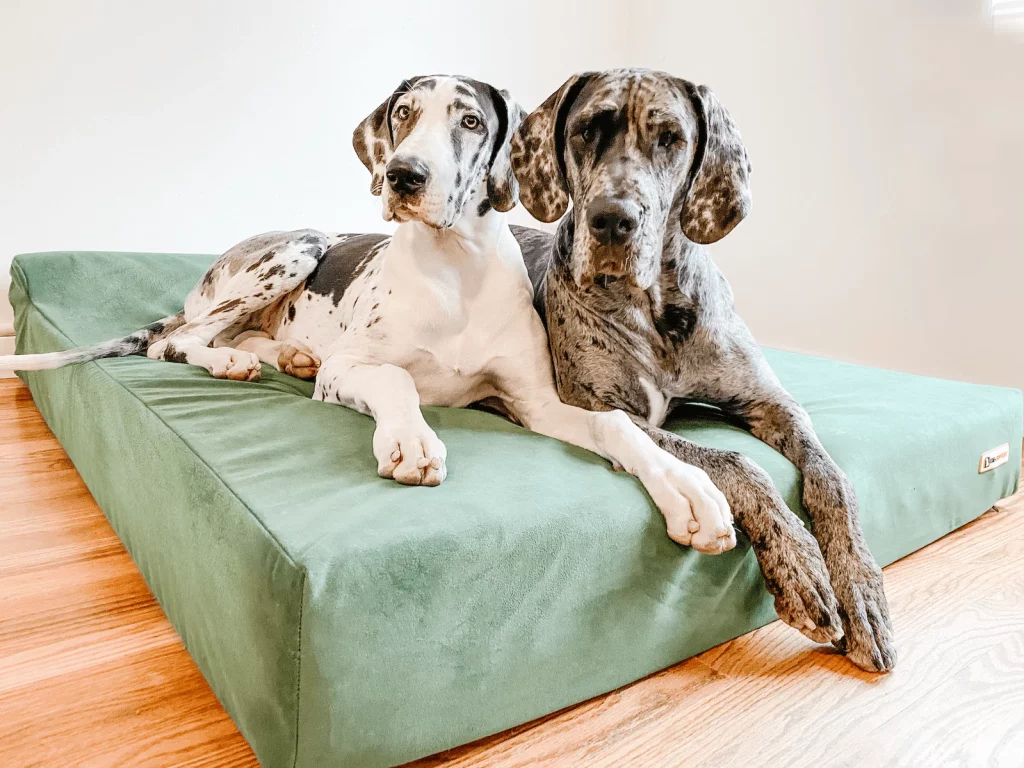
Putting non-slip flooring in your home to help your dog get around easier
Dogs with Canine Osteosarcoma often have trouble getting around and may need some help in the form of non-slip flooring.
There are many different types of non-slip flooring available and you can find them at most home improvement stores.
Or, you can shop here for the non-slip flooring that we recommend:
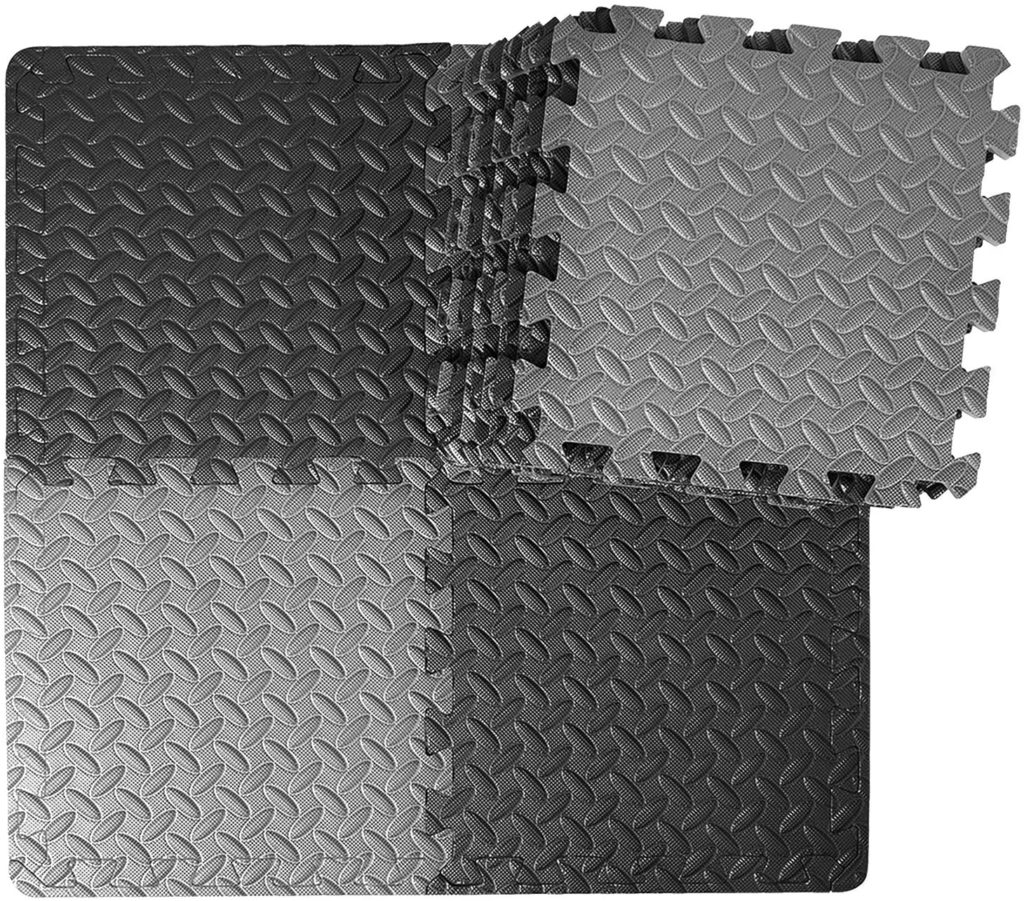
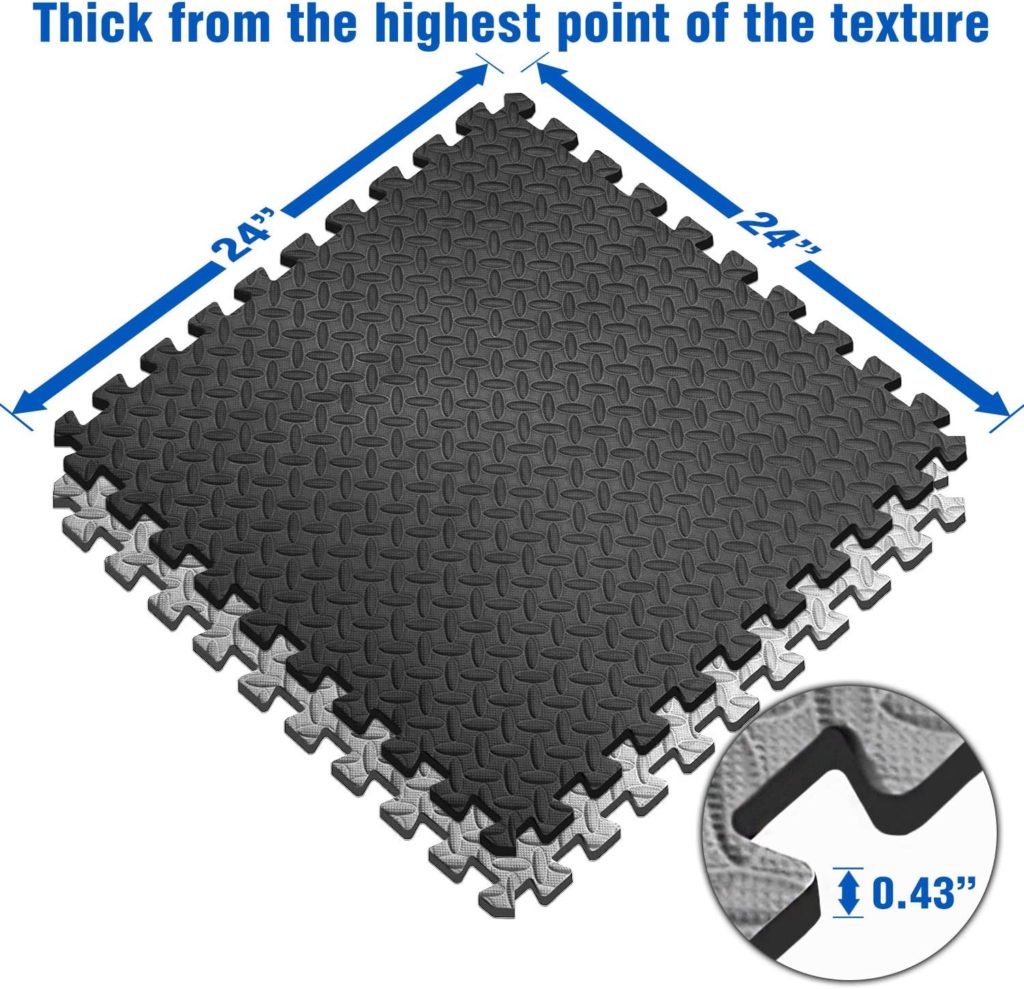
Putting ramps or lifts in your home to help your dog get up on furniture or into the car
Do not ever allow a dog with Canine Osteosarcoma to jump from any surface.
Jumping puts too much stress on the bones and can cause fractures.
If you have ramps or lifts in your home, they can be a big help in getting your dog up onto furniture or into the car.


You may also want to consider using a sling to help support your dog’s weight when you are lifting him or her.
The ‘HELP-EM-UP’ HARNESS is the best option for dogs with Canine Osteosarcoma.
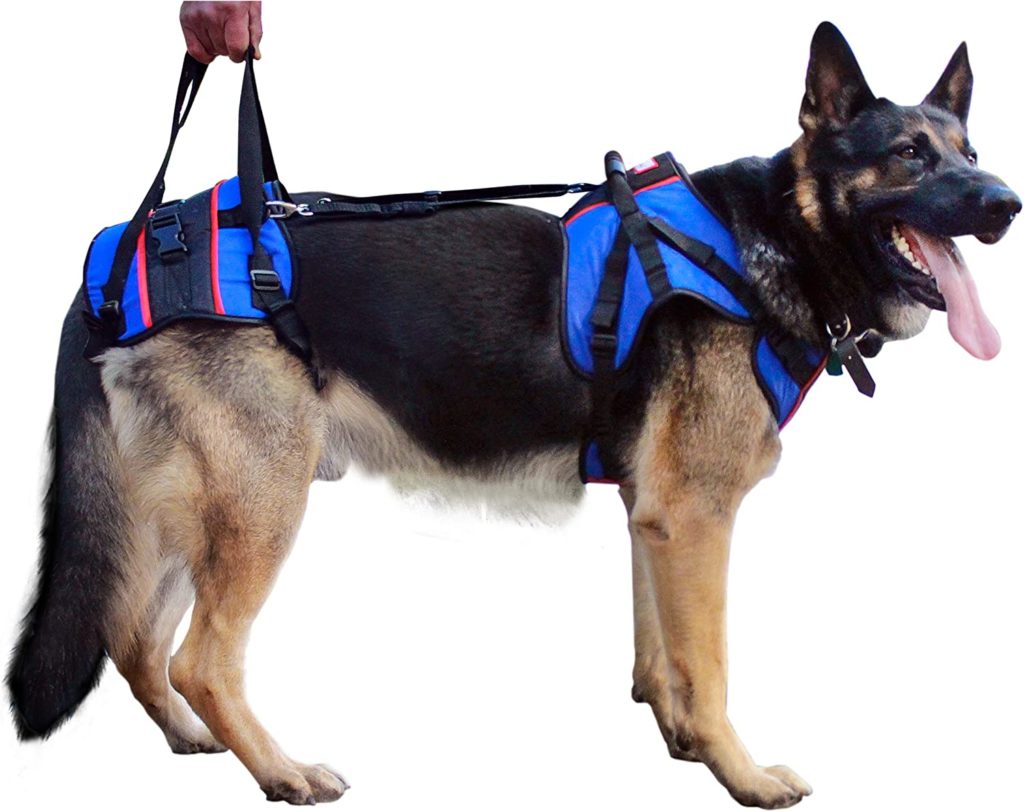
Using pain medication prescribed by your veterinarian
Radiation therapy
Prescription medication can help most dogs with Osteosarcoma feel less pain at the tumor site.
Do not attempt to get Osteosarcoma dogs treated at home with your own medication.
CAN DOGS TAKE HUMAN ANTIBIOTICS?
Using supplements that help support the joints and bones
Using joint supplements and high quality foods will help the median survival time of dogs treated with Osteosarcoma.
Dasuquin is the number one joint supplement recommended by Veterinarians. Shop below:
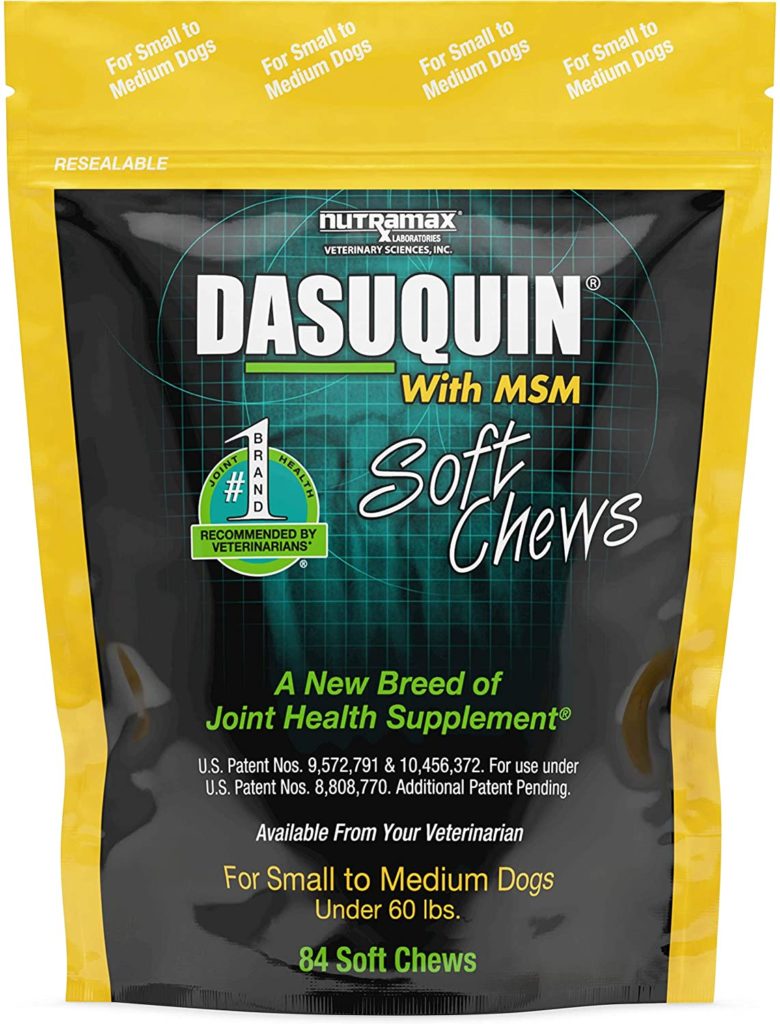
SURVIVAL FOR DOGS WITH APPENDICULAR OSTEOSARCOMA
Unfortunately, Osteosarcoma in dogs is the most common bone tumor.
Getting Osteosarcoma treated is very difficult and there is no cure for dogs with Appendicular Osteosarcoma.
The average survival time for dogs with Appendicular Osteosarcoma is about one year.
However, with treatment, some dogs may live for two years or more.
- The median survival time for dogs treated with surgery and chemotherapy is about 14 months.
- Dogs that have limb-sparing surgery have a median survival time of 16 to 18 months.
- For dogs that have their limb amputated, the median survival time is about 12 months.
The type of treatment your dog receives will depend on many factors including the stage of the cancer, the size of the tumor, and your dog’s overall health. Some dogs may only receive surgery while others may receive a combination of surgery, chemotherapy, and radiation therapy. The survival time also depends on adjuvant therapy and whether there are secondary tumours or whether there is lymph node metastases.
If your dog has been diagnosed with Osteosarcoma, it is important to talk to your veterinarian about all of the treatment options and which one would be best for your dog. It is also important to find a veterinary oncologist that you trust and feel comfortable with to help make these decisions.
The most important thing you can do for your dog is to make sure he or she is comfortable and has a good quality of life.
IS CANINE OSTEOSARCOMA GENETIC?
Dogs with Appendicular Osteosarcoma will typically have a primary tumour, however Osteosarcoma is a metastatic disease.
A metastatic disease means that even though there is one primary tumor, the cancer has spread to other parts of the body through the blood or lymph system.
The most common place for the metastatic disease to spread is to the lungs, but it can also spread to other bones, the liver, and brain. The fact that Osteosarcoma is a metastatic disease make it much harder to treat as most bone tumors depend on the cancer spreading or not spreading.
Canine Osteosarcoma is not a genetic disease, however some studies on Canine Osteosarcoma reveals genes that may be associated with the development of the disease.
There is not currently a genetic test available for Canine Osteosarcoma but there has been more gene expression profiling done in recent medical studying.
READ MORE:
10 Things You Should Know About Owning Great Dane Dogs
10 Tips for Successfully Caring for Great Danes
11 Ways to Calm Dog Anxiety in Car Rides
12 Fool Proof and Fast Great Dane Potty Training Tips
Are White Great Danes Deaf and Blind?
13 Wild and Fun Tips for Great Dane Puppies
3 Fast Tips on How to Train Your Great Dane to Walk on a Leash
